6th Grade Math Fast Review
1/80
There's no tags or description
Looks like no tags are added yet.
Name | Mastery | Learn | Test | Matching | Spaced |
|---|
No study sessions yet.
81 Terms
acute triangle
A triangle with no angle measuring 90o or more.
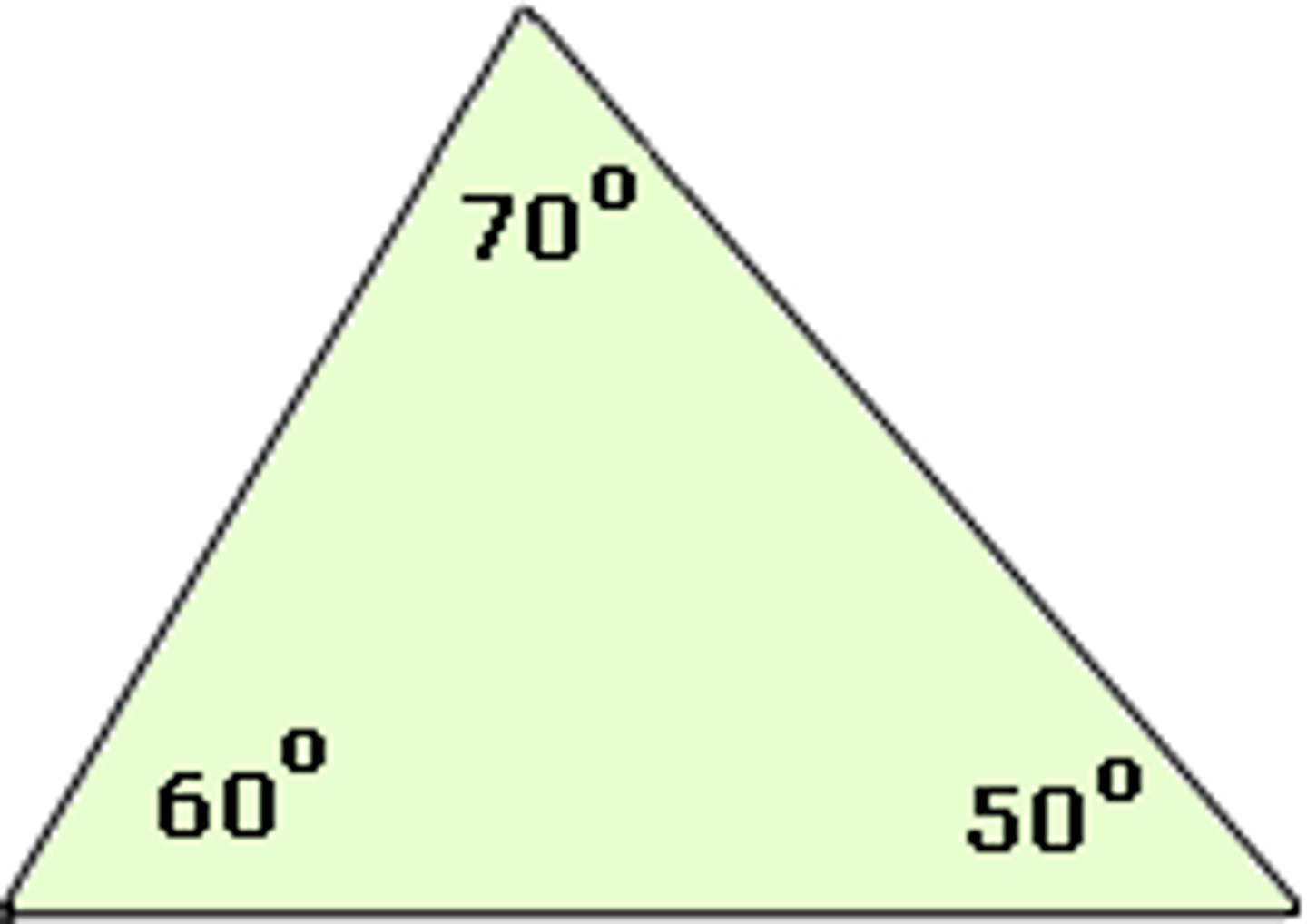
addend
Any number being added.
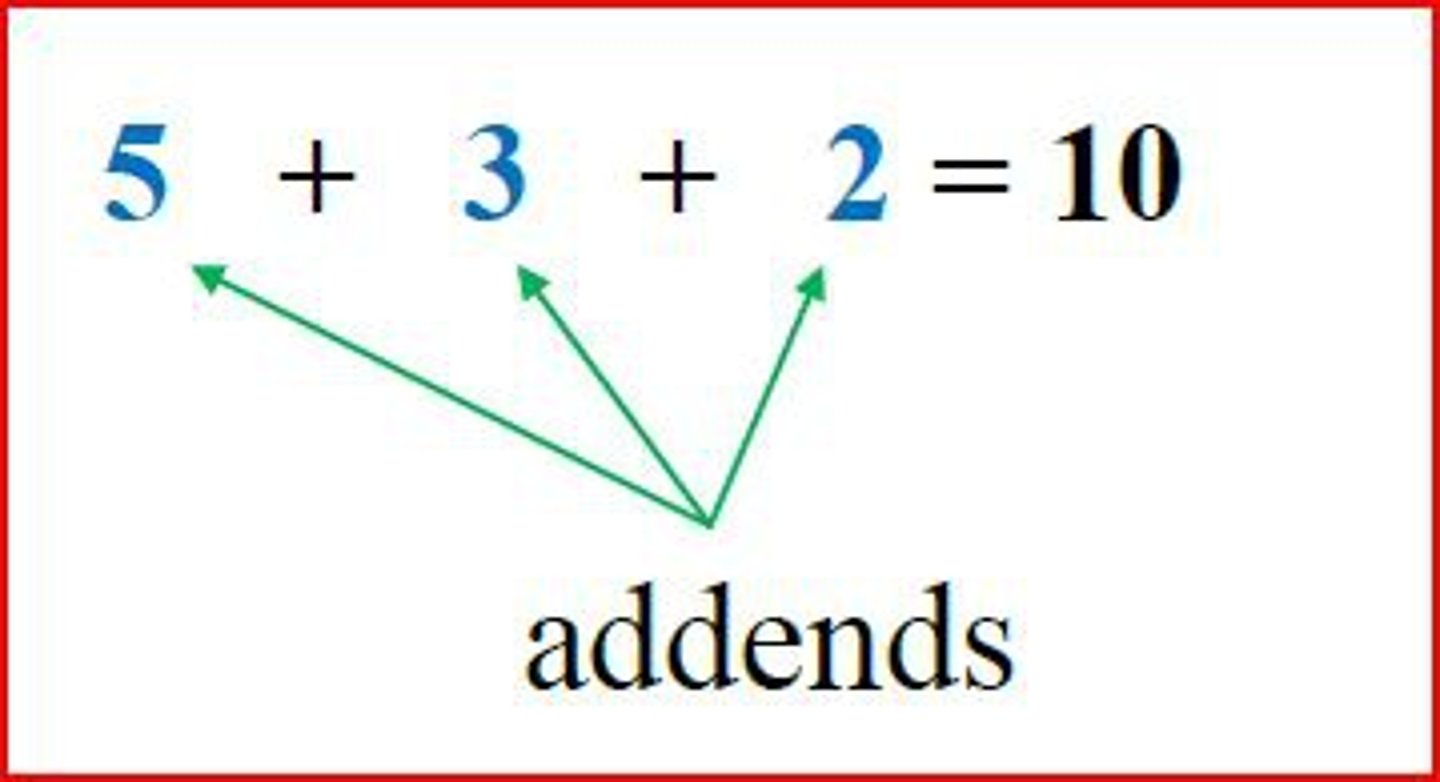
algebraic expression
A group of numbers, symbols, and variables that express an operation or a series of operations.
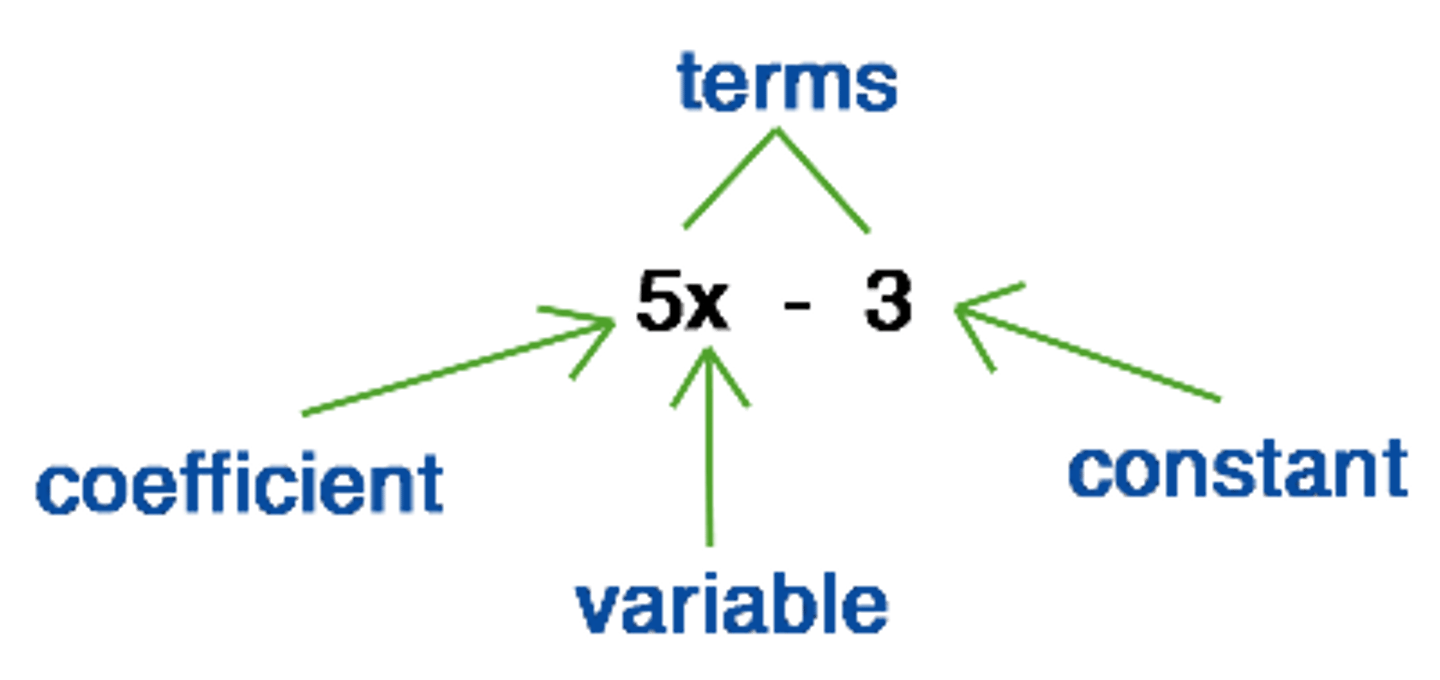
box plot
A diagram that shows the five number summary of a distribution.
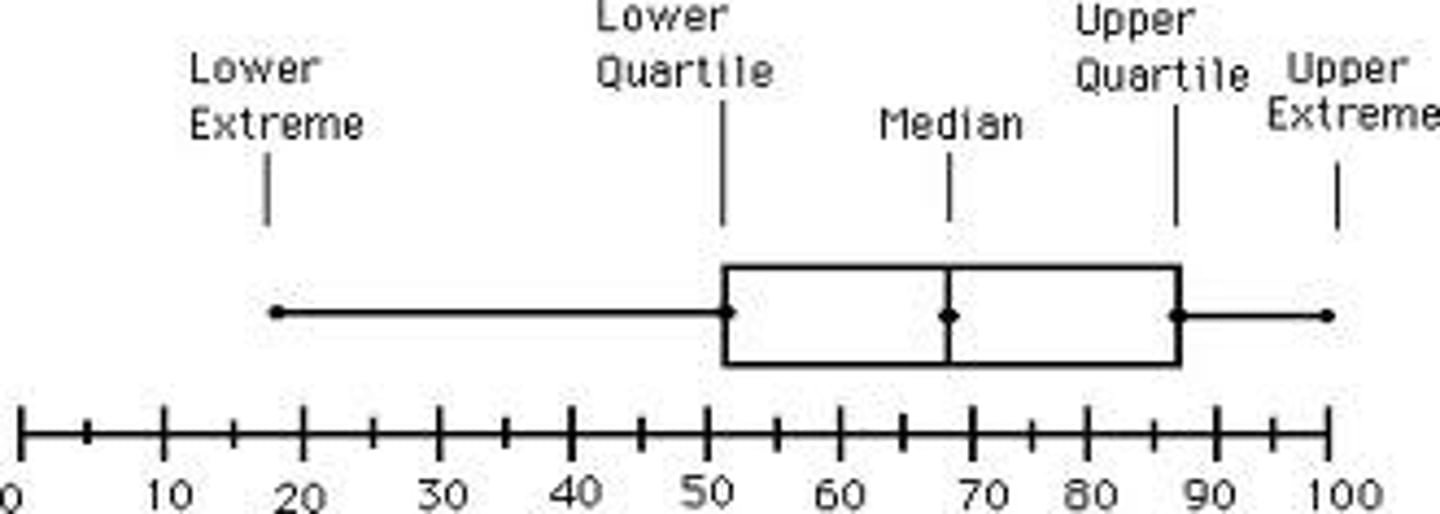
common denominator
For two or more fractions, a common denominator is a common multiple of the denominators.
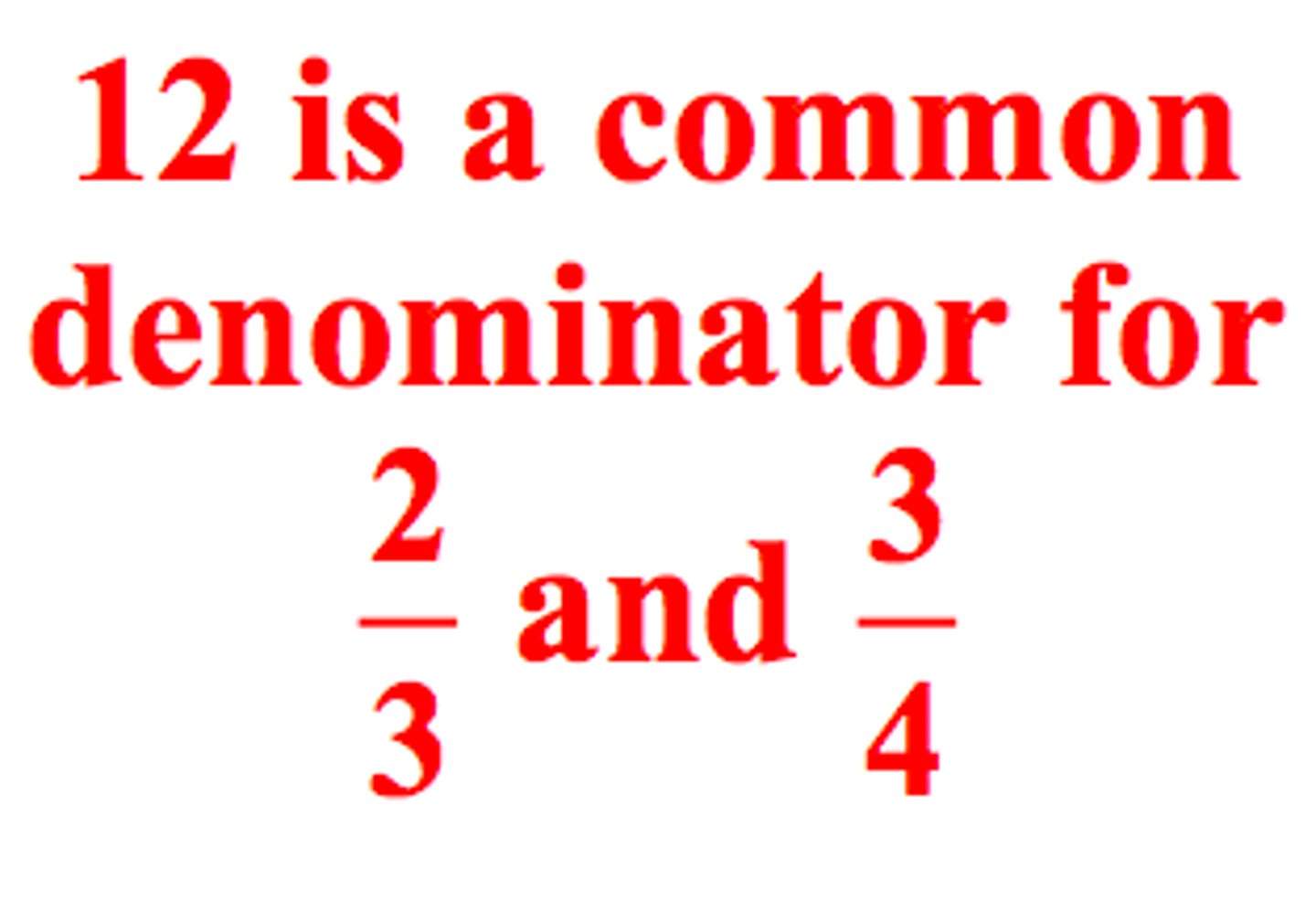
common multiple
Any common multiple of two or more numbers.
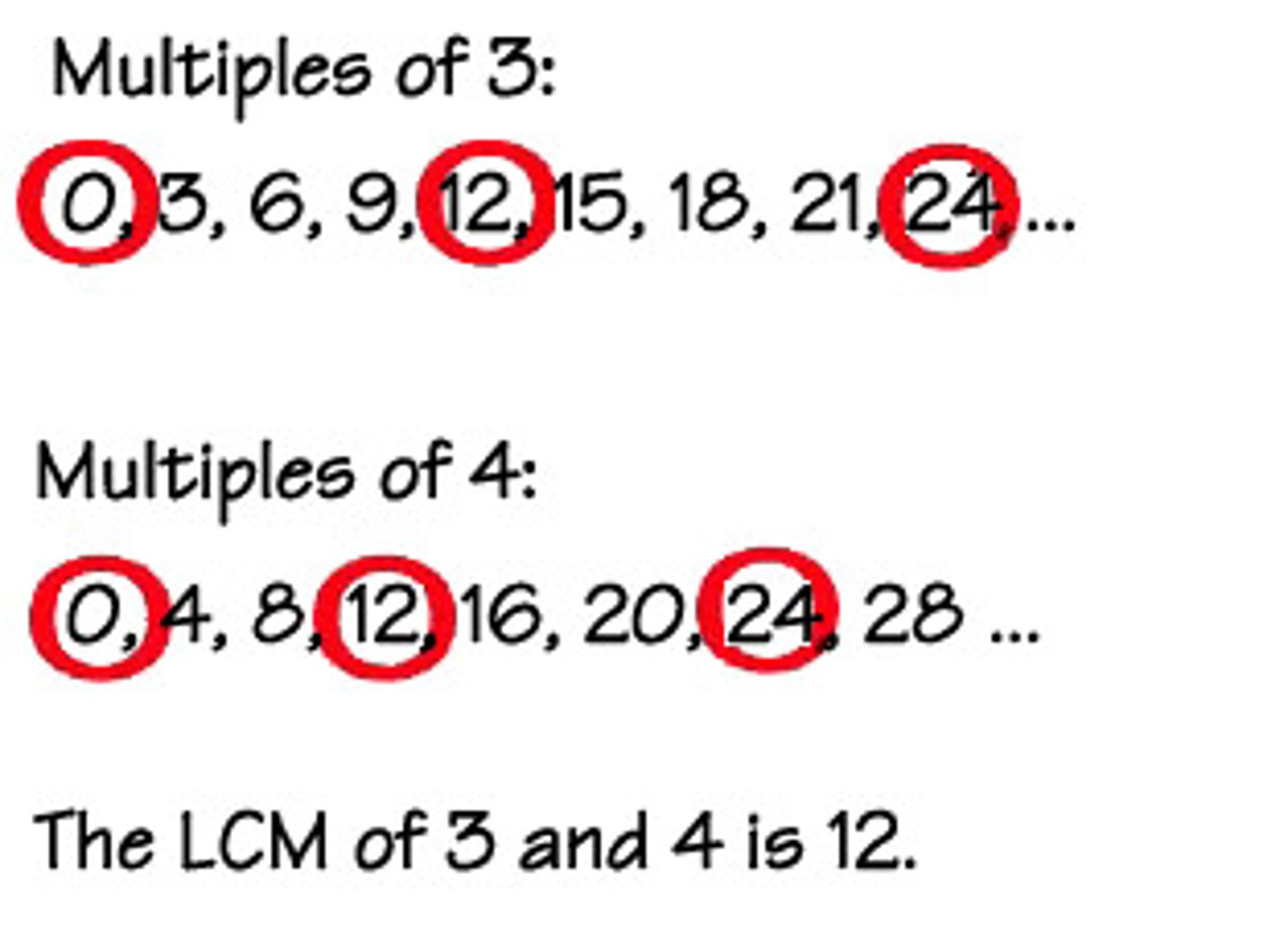
coordinates
An ordered pair of numbers that identify a point on a coordinate plane.
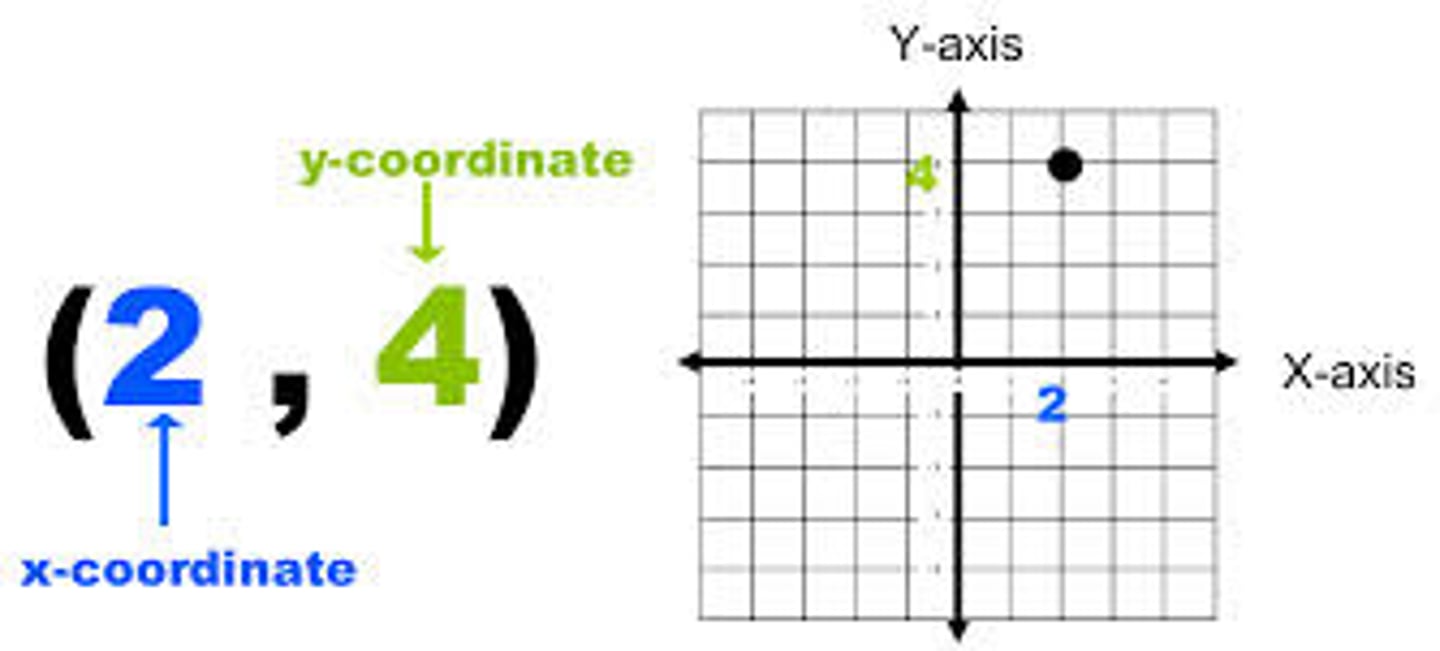
cube
A rectangular solid having six congruent square faces.
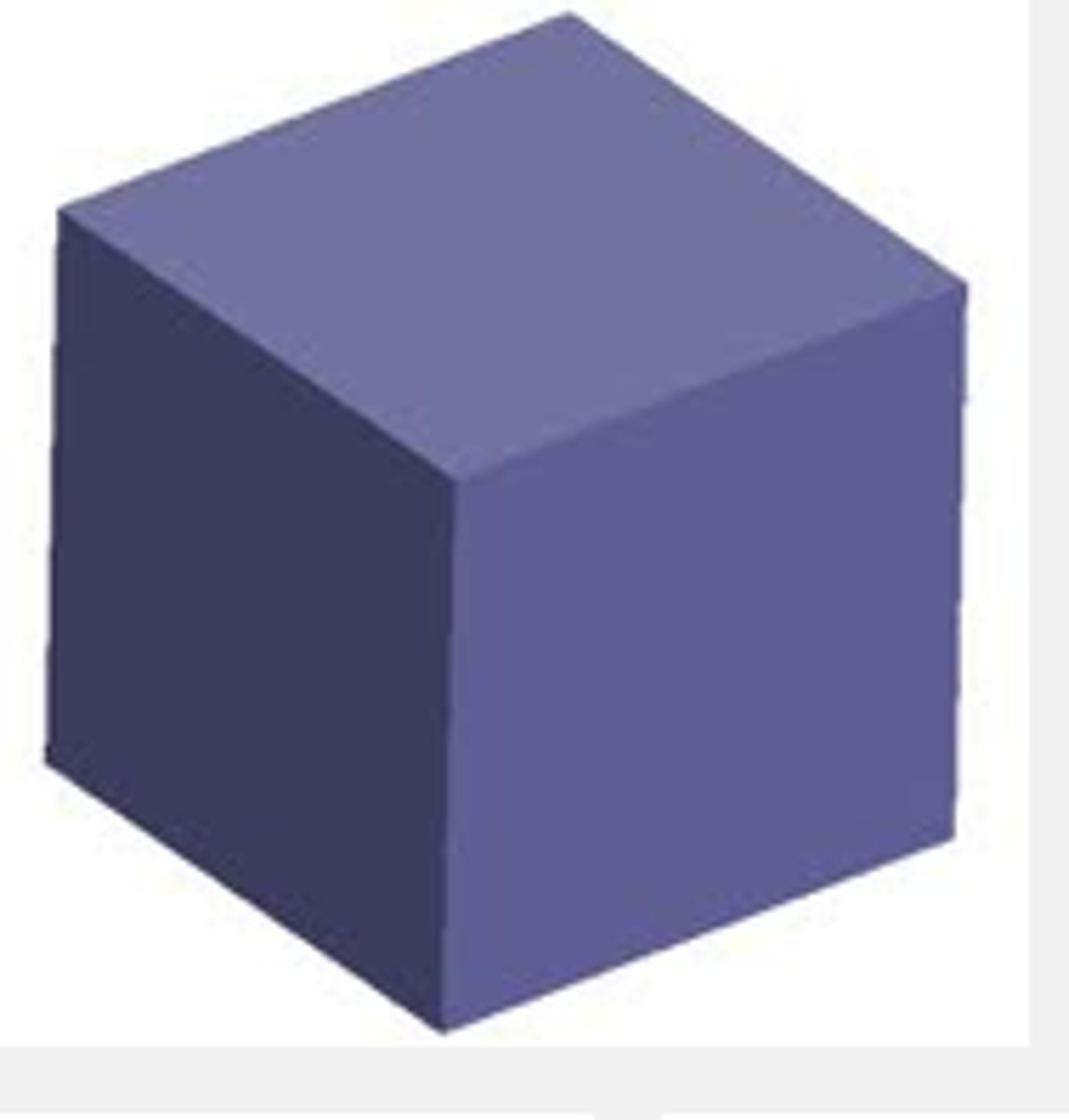
data
Information, especially numerical information. Usually organized for analysis.
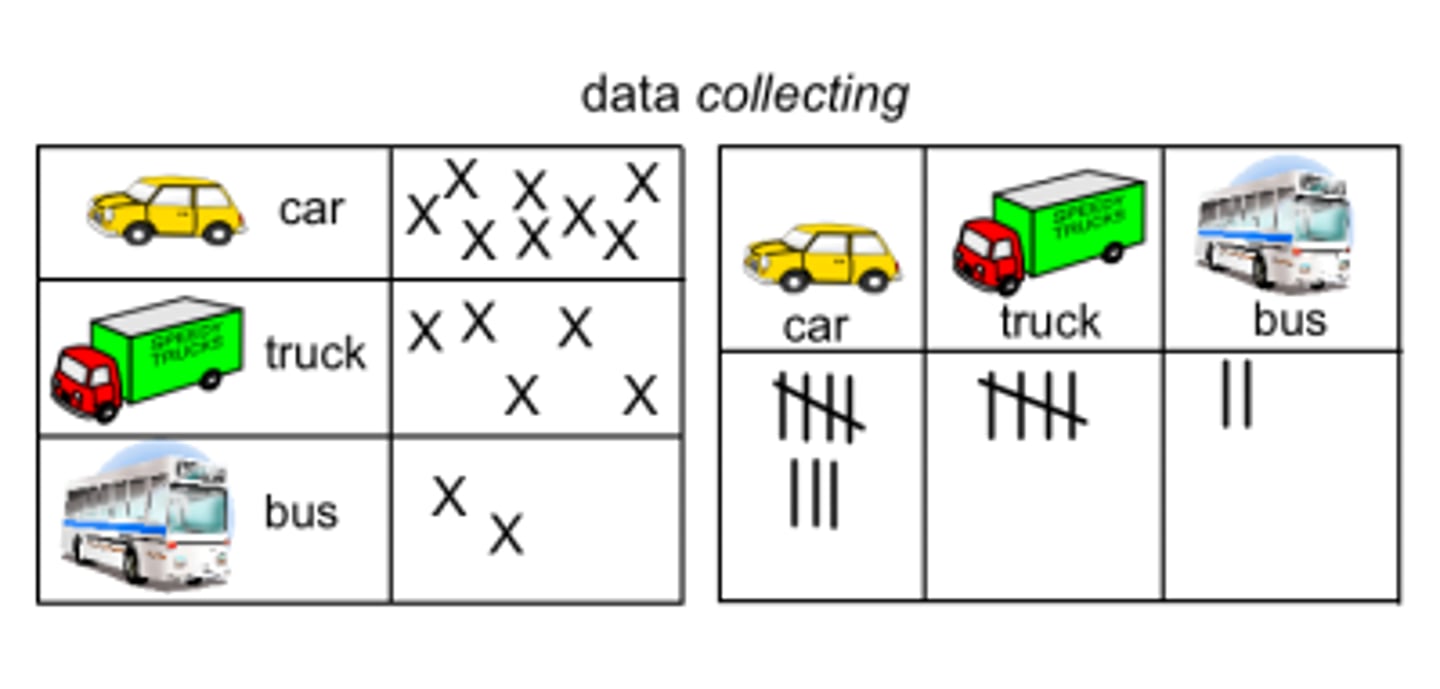
distribution
A table that shows how many there are of each type of data.
Distributive Property
a × (b - c) = (a × b) -(a × c), where a, b, and c stand for any real numbers.

dot plot
Also known as a line plot. A diagram showing frequency of data on a number line.

equilateral triangle
A triangle whose sides are all the same length.
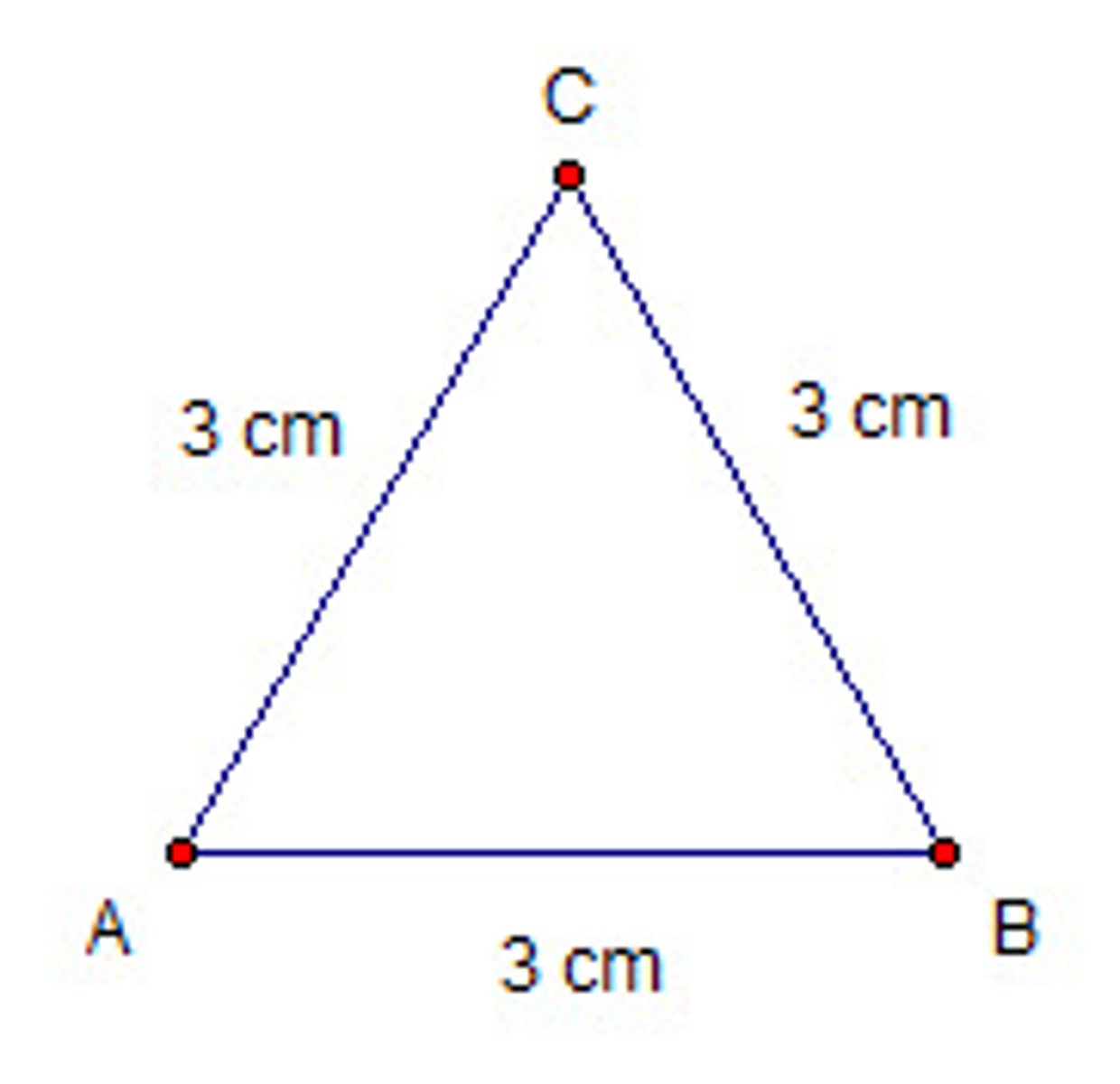
first quartile
The first quartile is the middle (the median) of the lower half of the data on a box plot. One-fourth of the data lies below the first quartile and three- fourths lies above. Also known as Q1.
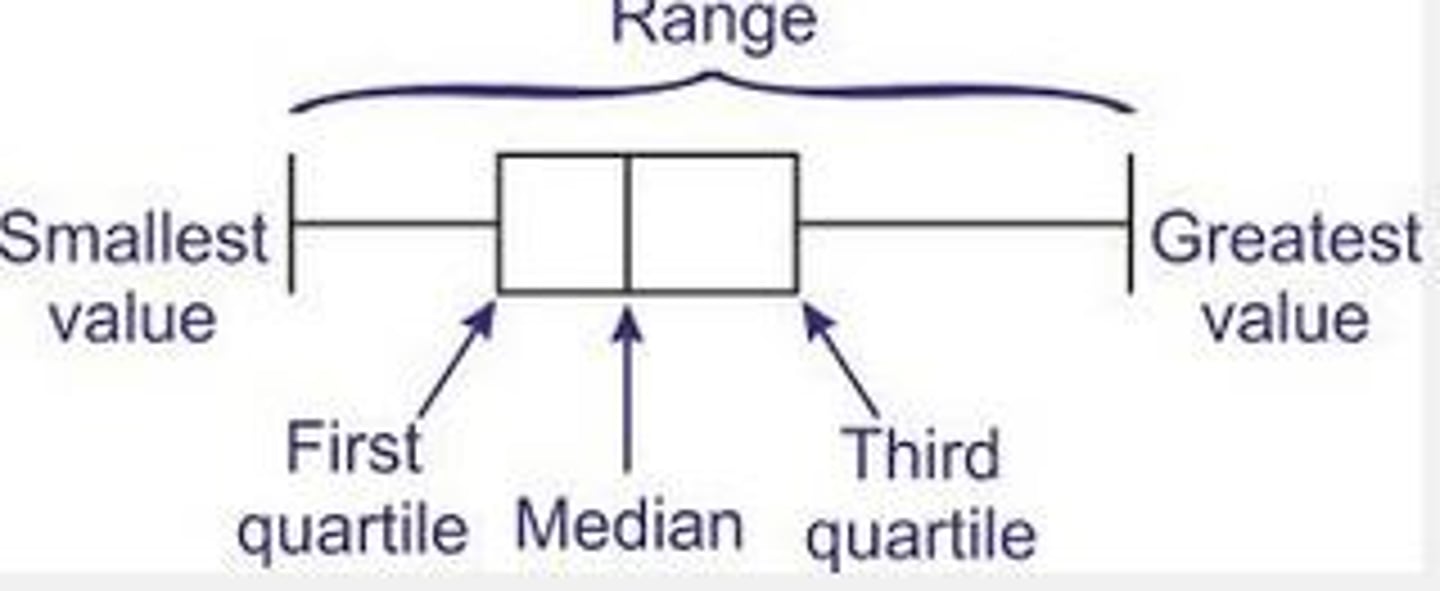
greater than
Greater than is used to compare two numbers when the first number is larger than the second number.
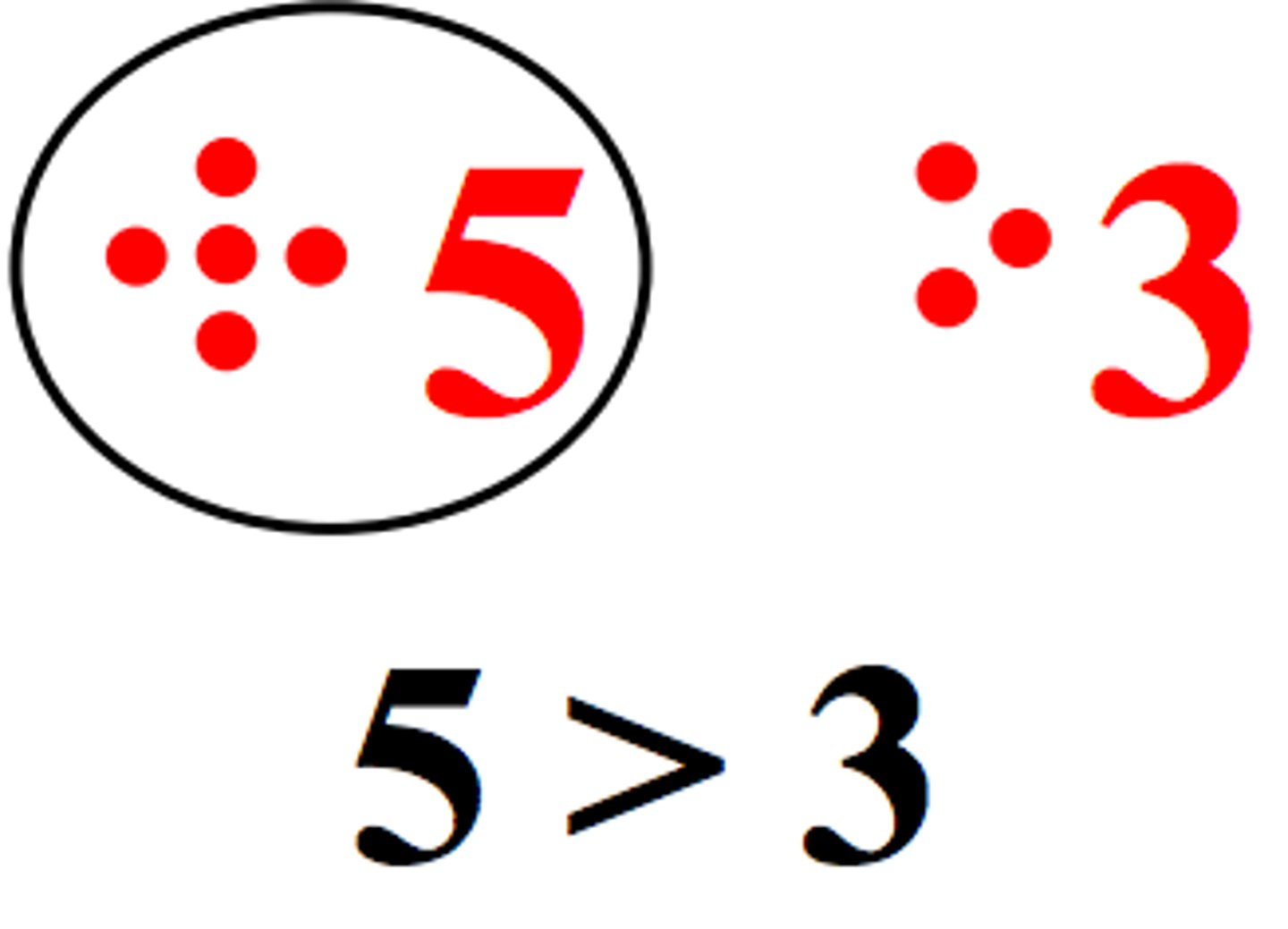
histogram
A bar graph in which the labels for the bars are numerical intervals.
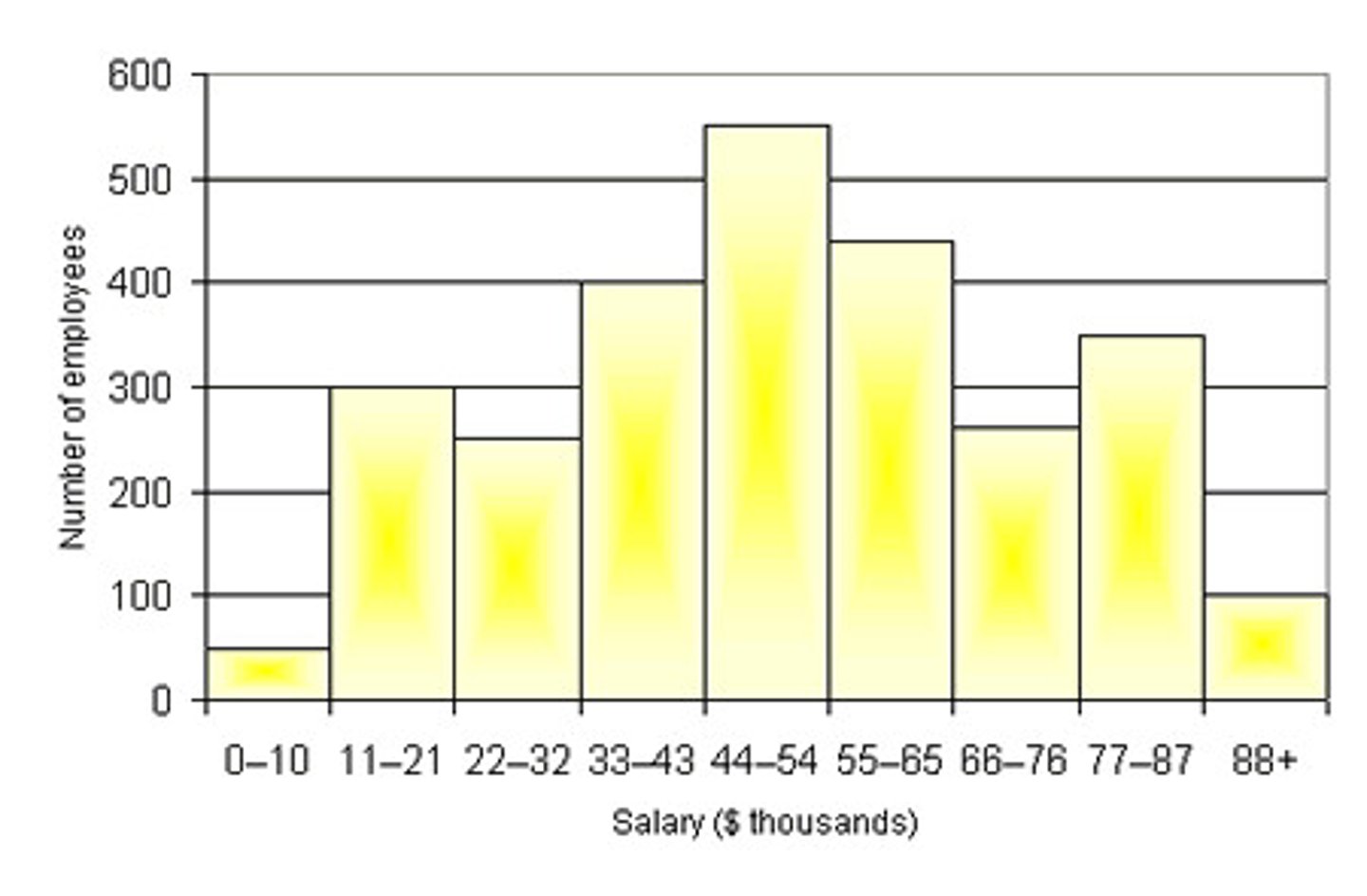
improper fraction
A fraction with a numerator greater than (or equal to) its denominator.
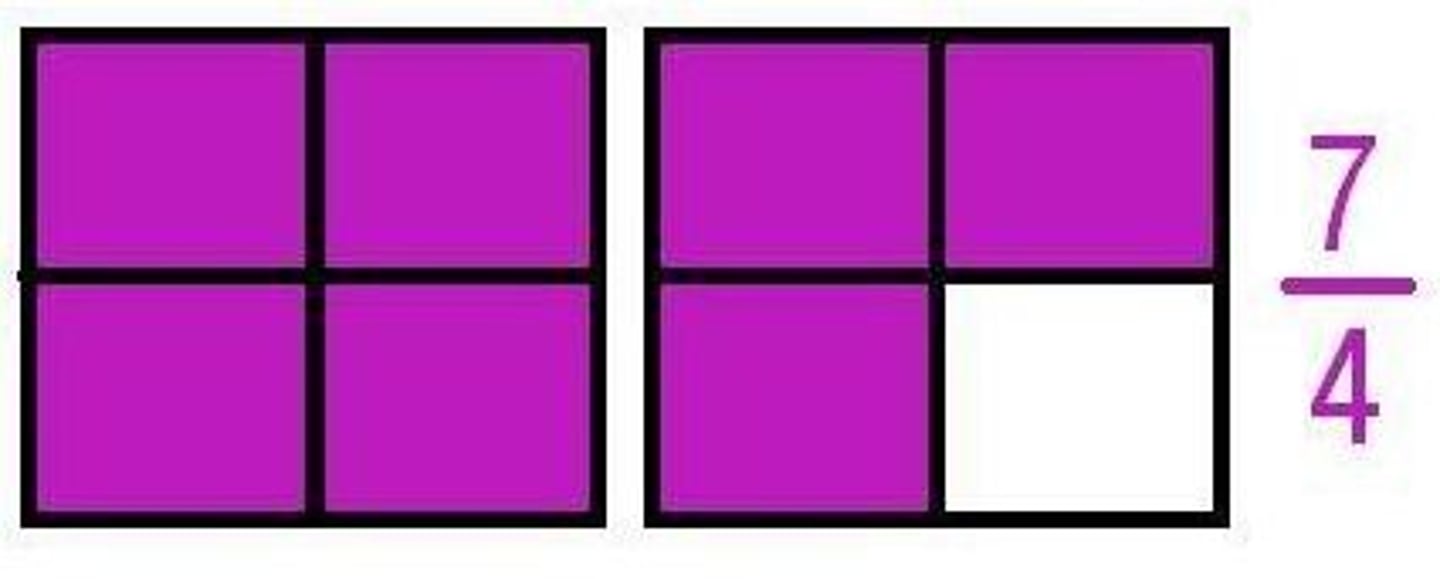
isosceles triangle
A triangle that has at least two congruent sides.

least common multiple
LCM. The smallest common multiple of a set of two or more numbers.

less than
Less than is used to compare two numbers when the first number is smaller than the second number.
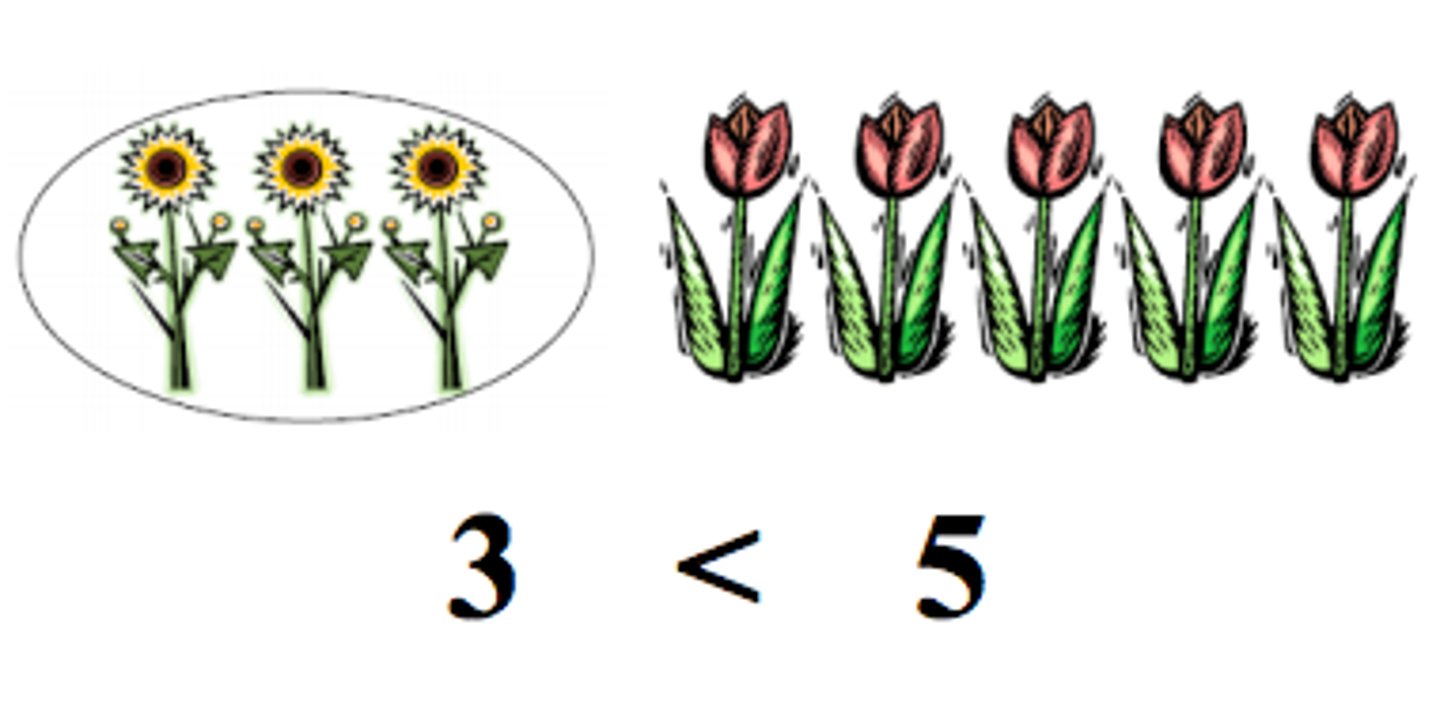
lower extreme
The smallest or least number out of a data set, usually farther away from interquartile range than other data in set. (Also known as minimum.)
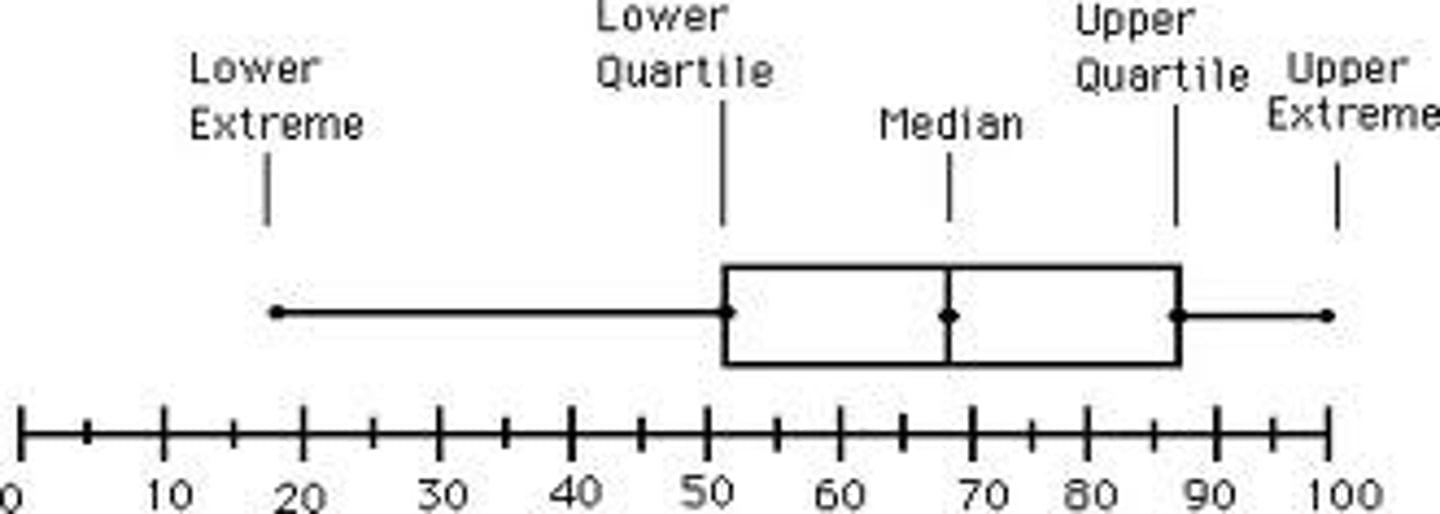
measure of center
An average; a single value that is used to represent a collection of data. Three commonly used types of averages are mode, median, and mean. (Also called measures of central tendency or measures of average.)
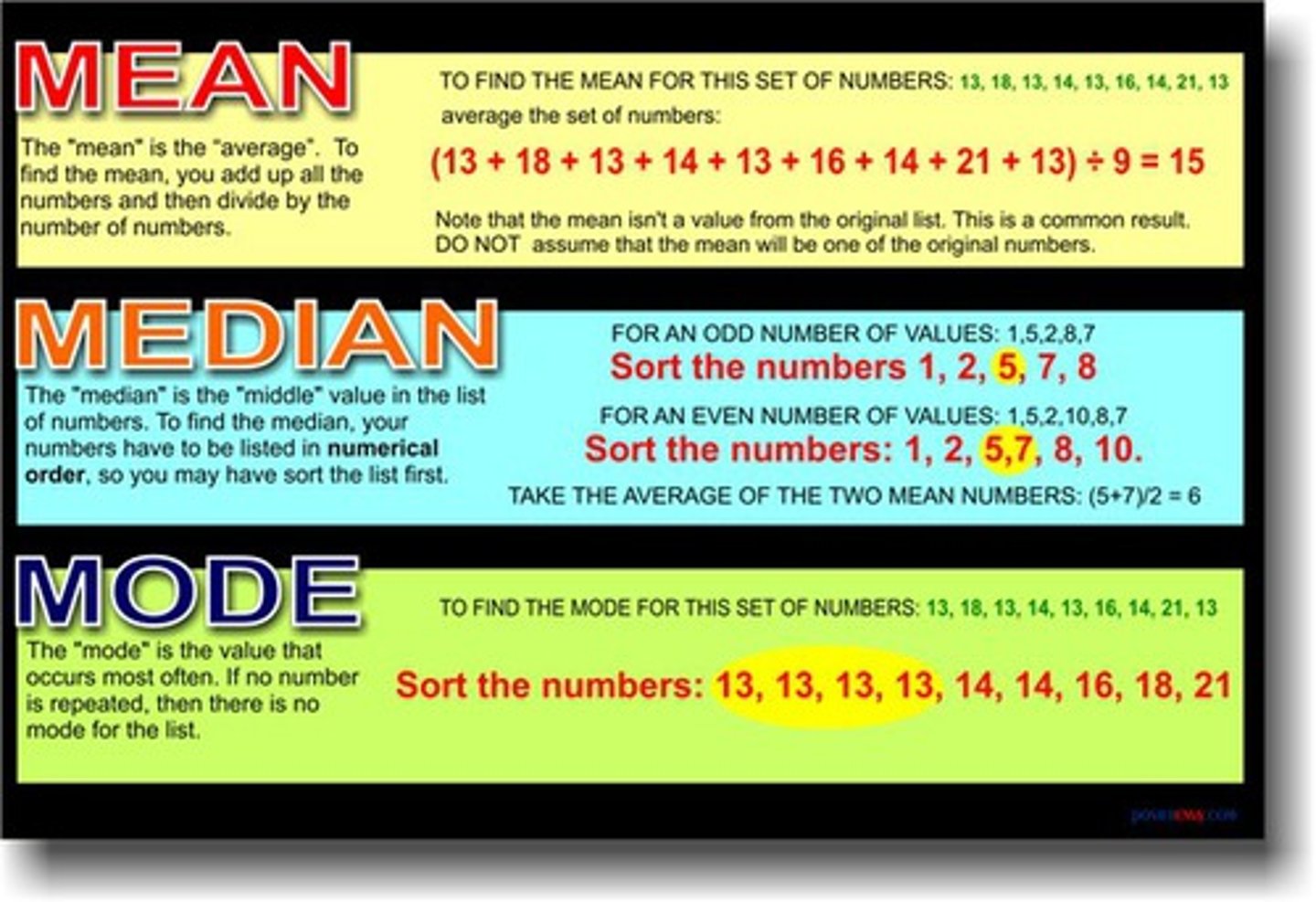
mixed number
A number with an integer and a fraction part.
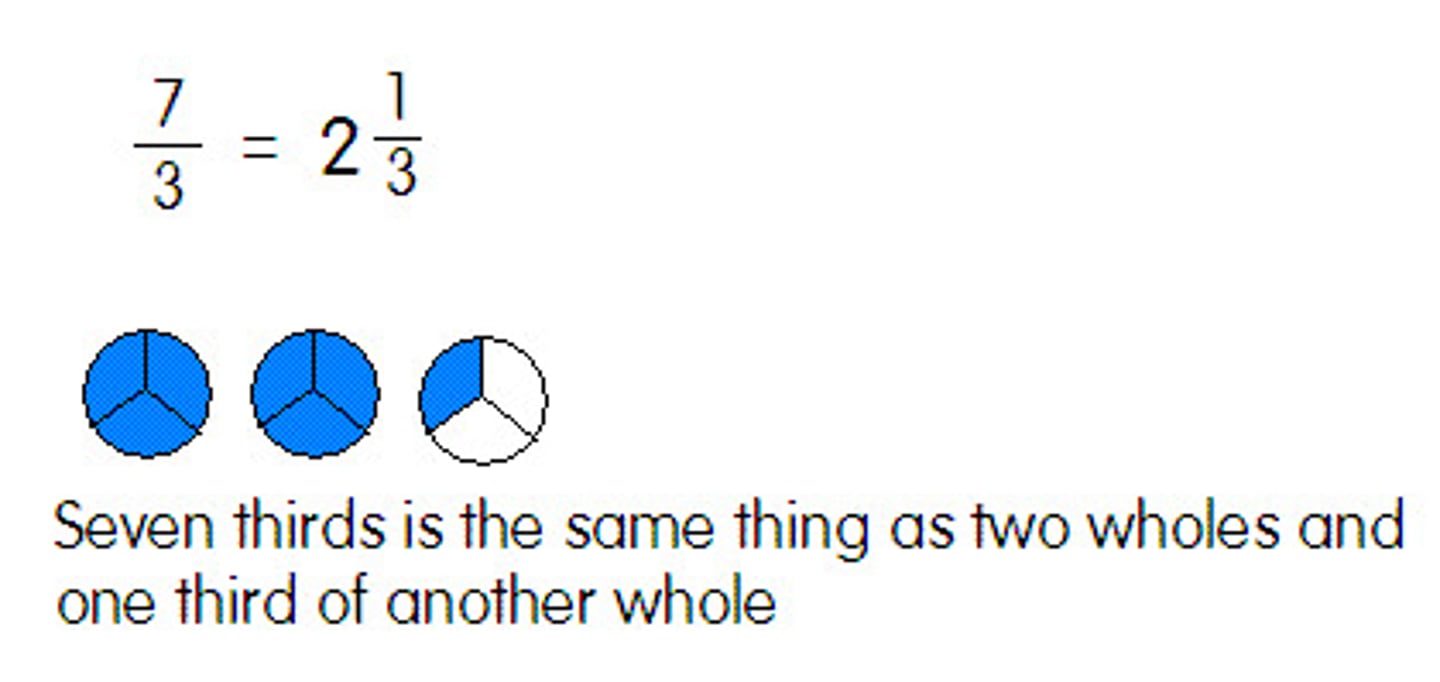
multiple
The product of a whole number and any other whole number.
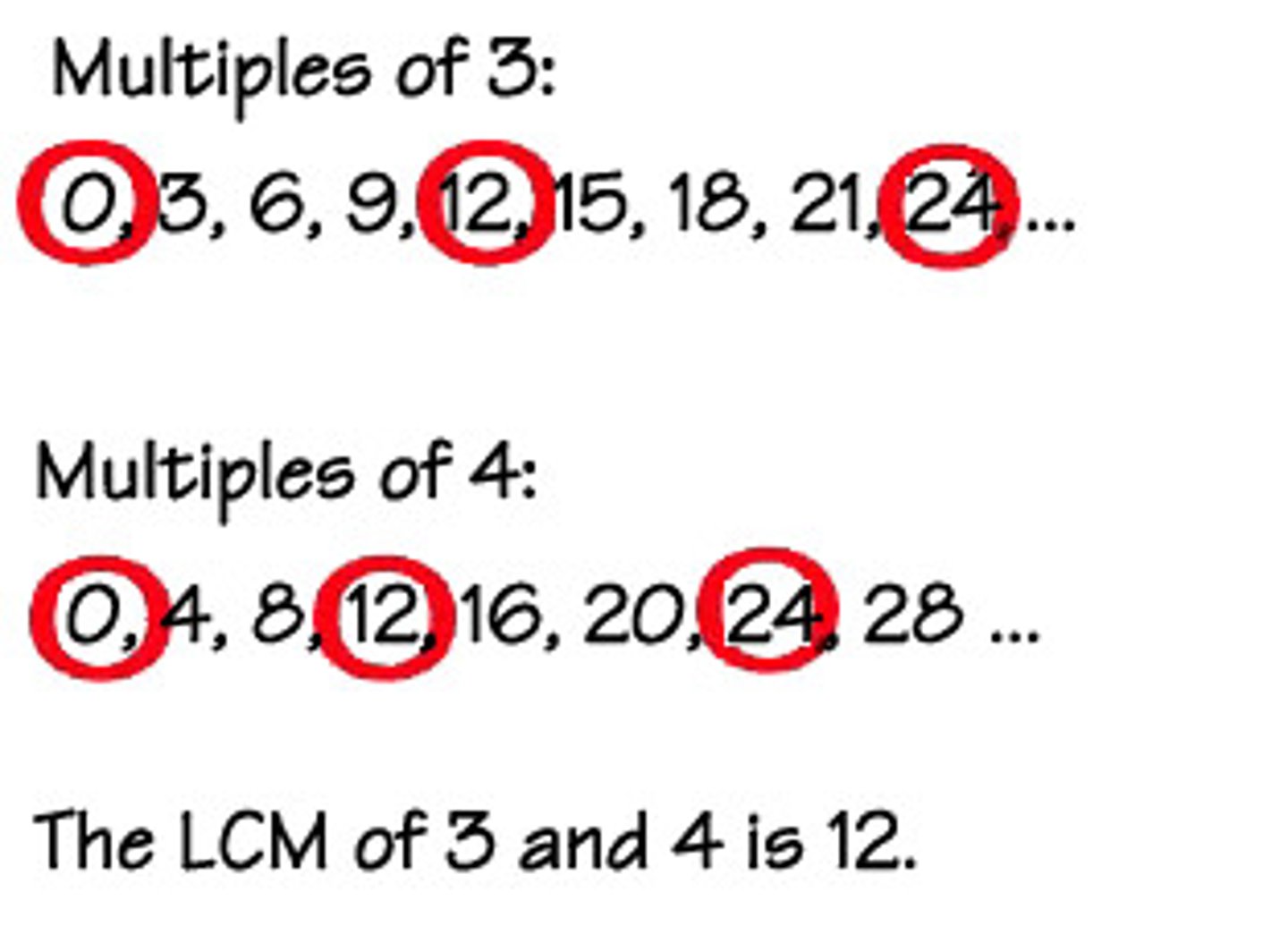
Multiplicative Identity Property of 1
The product of any number and 1 is equal to the original number.
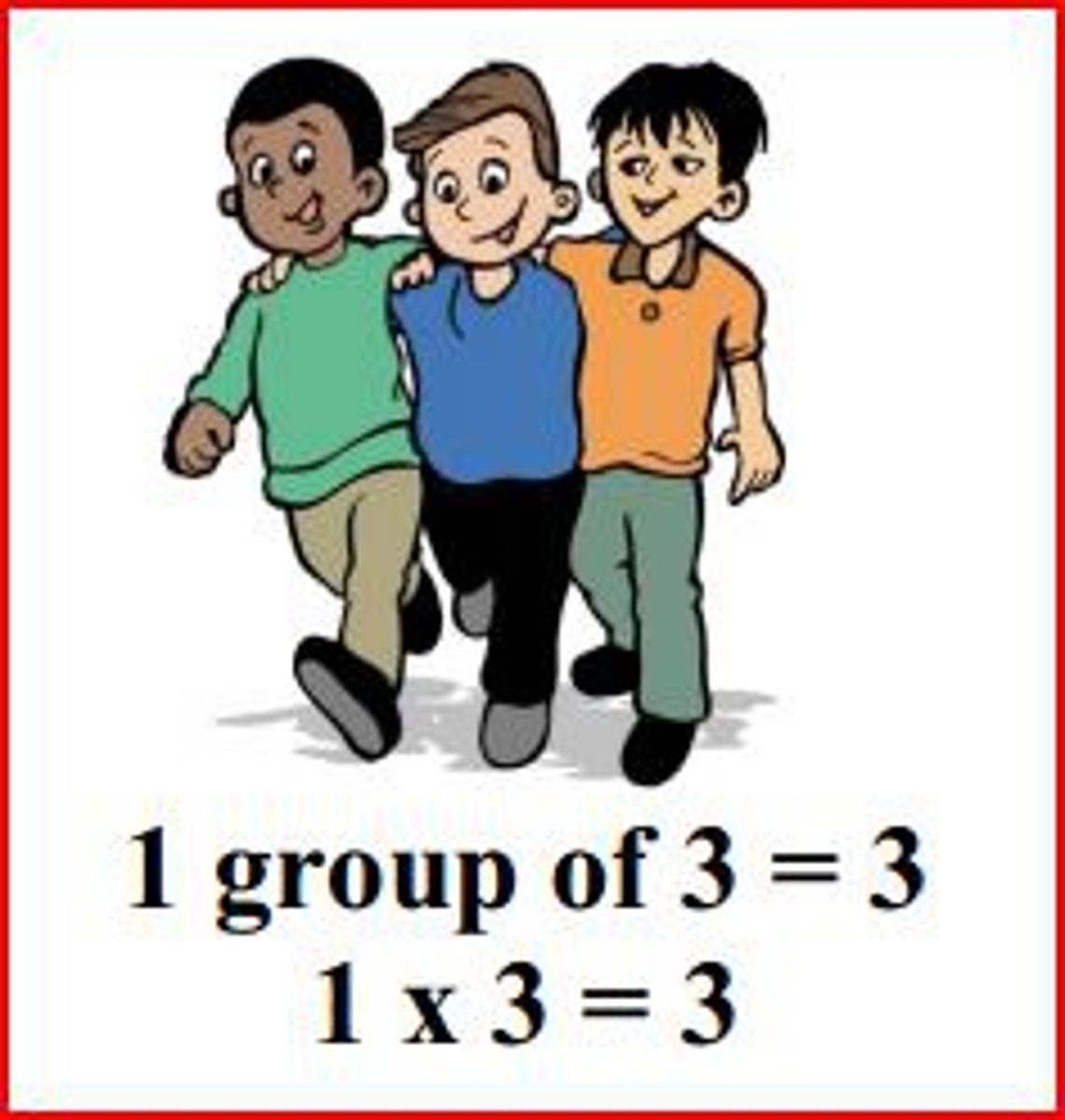
net
A 2-dimensional shape that can be folded into a 3-dimensional figure is a net of that figure. (Also called a network.)
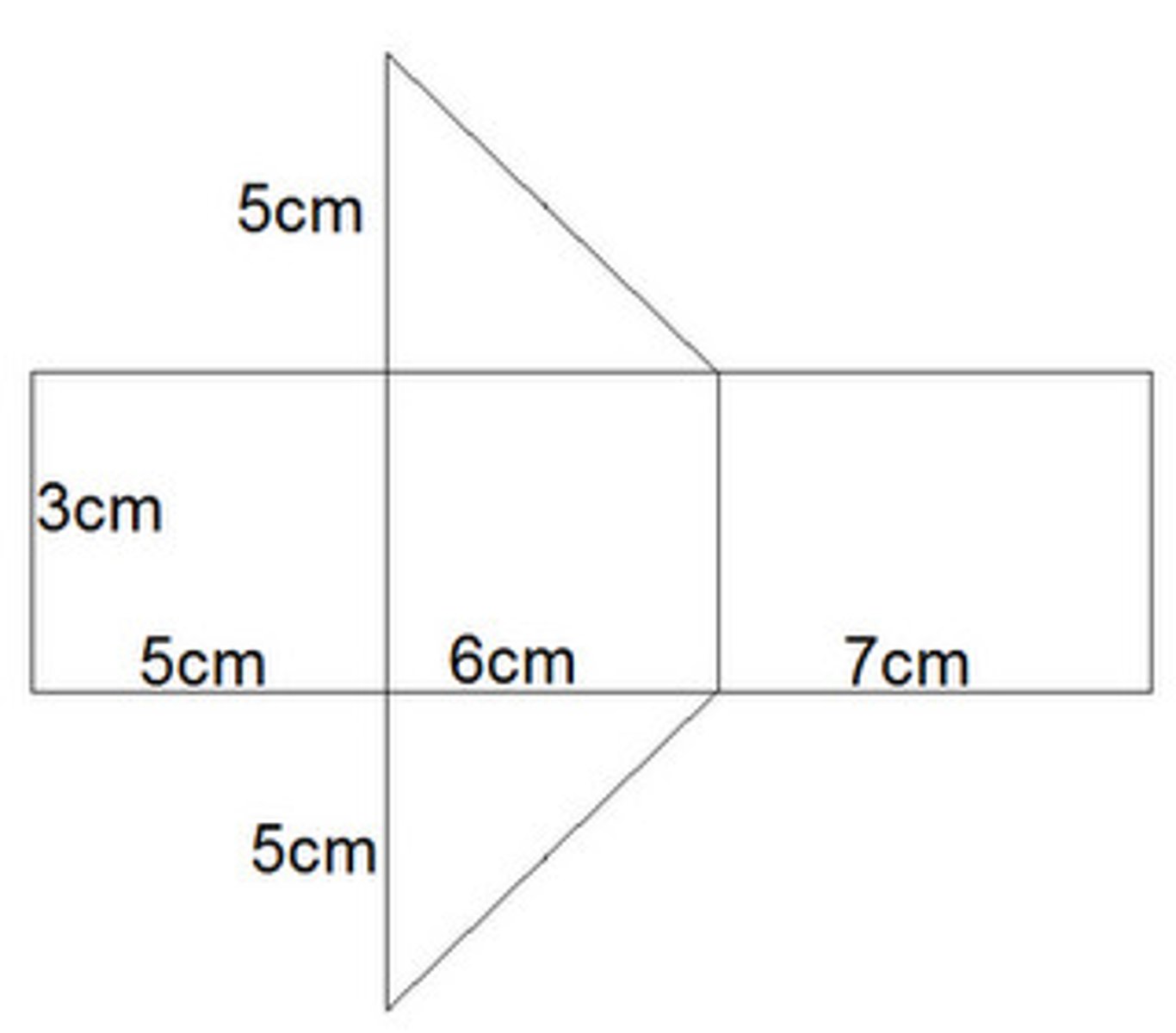
obtuse triangle
A triangle that contains one angle with a measure greater than 90o (obtuse angle) and two acute angles.
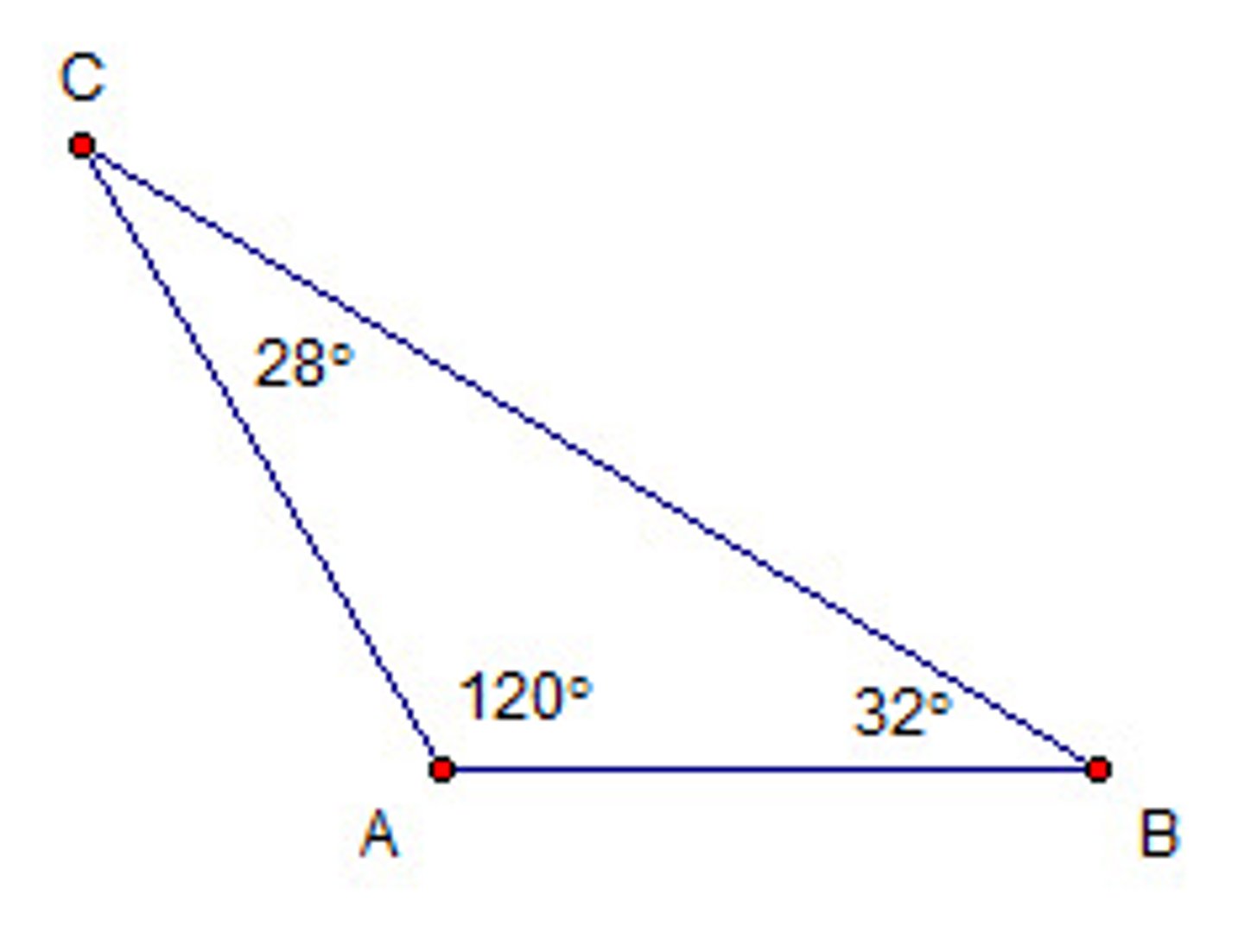
opposite
Having a different sign but the same numeral.

Order of Operations
Rules describing what sequence to use in evaluating expressions.
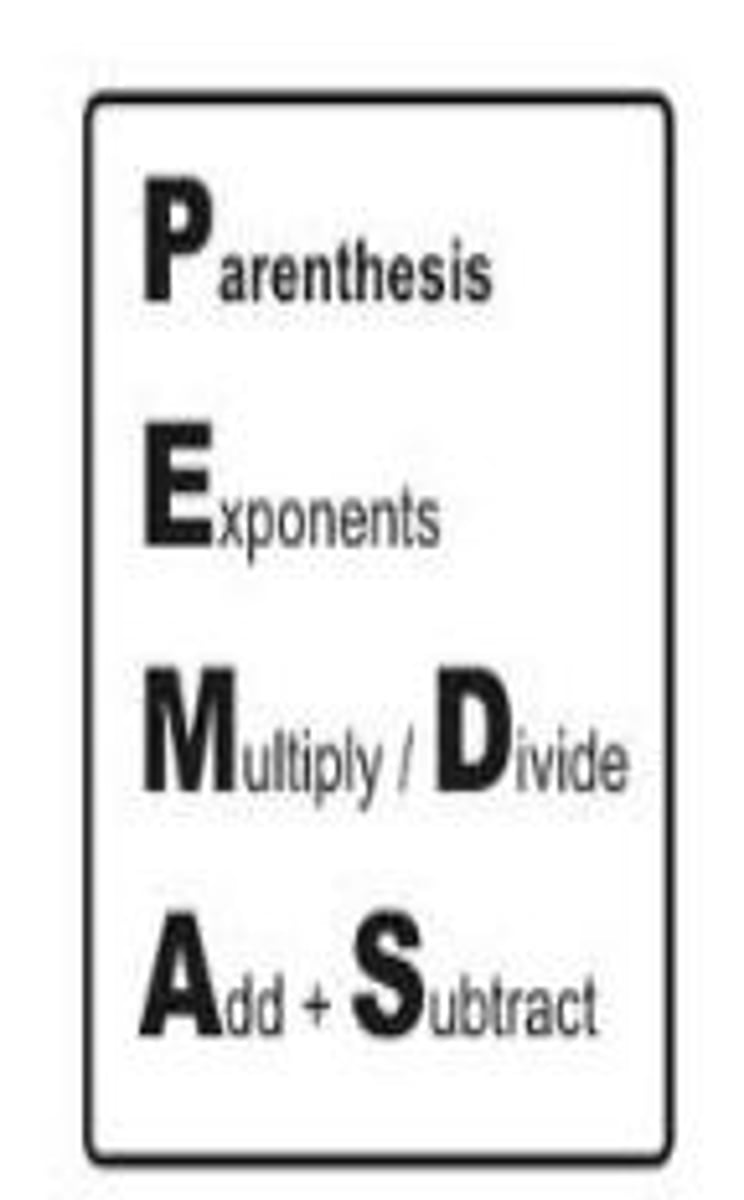
ordered pair
A pair of numbers that gives the coordinates of a point on a grid in this order (horizontal coordinate, vertical coordinate). Also known as a coordinate pair.
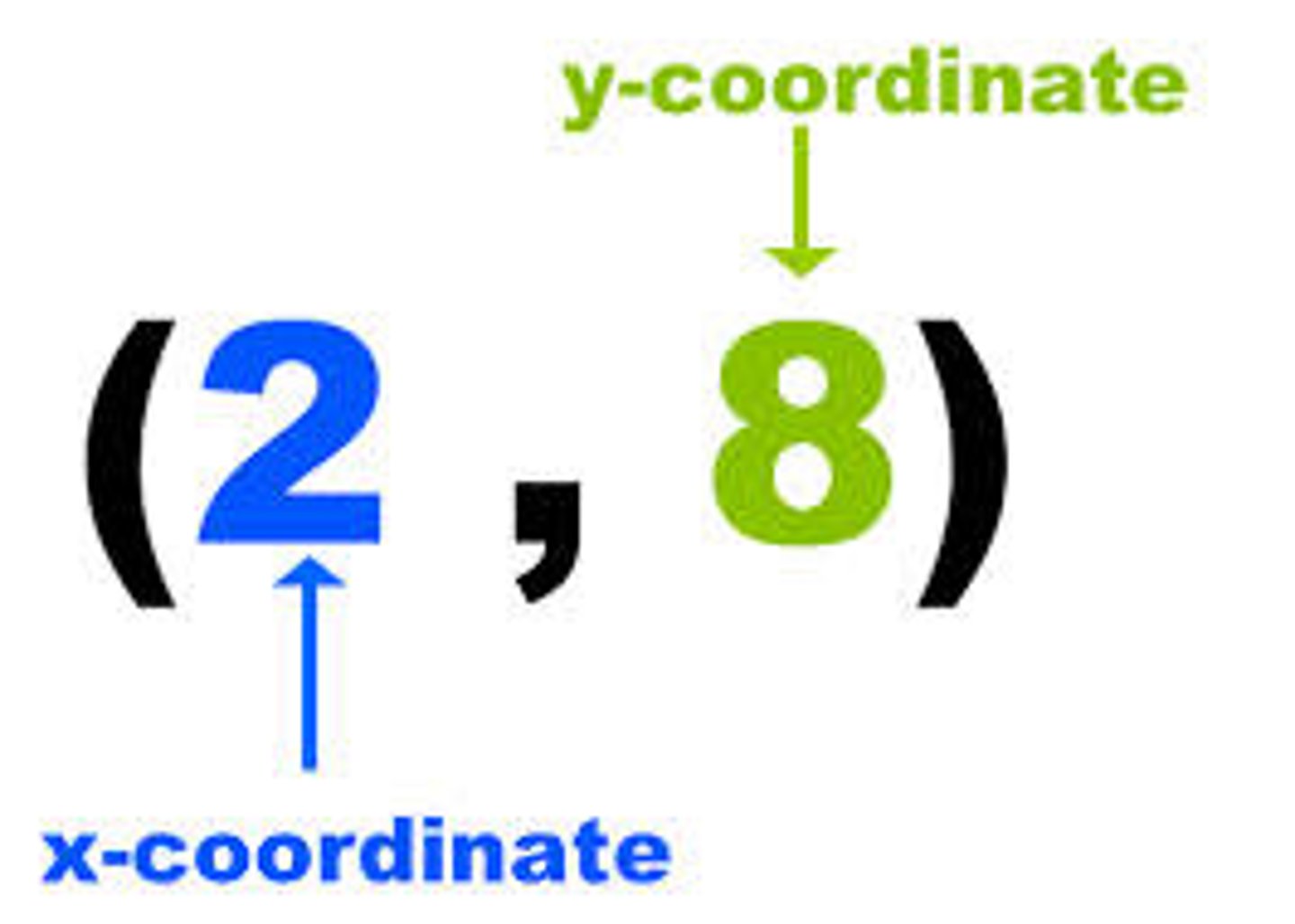
origin
The intersection of the x- and y-axes in a coordinate plane, described by the ordered pair (0, 0).
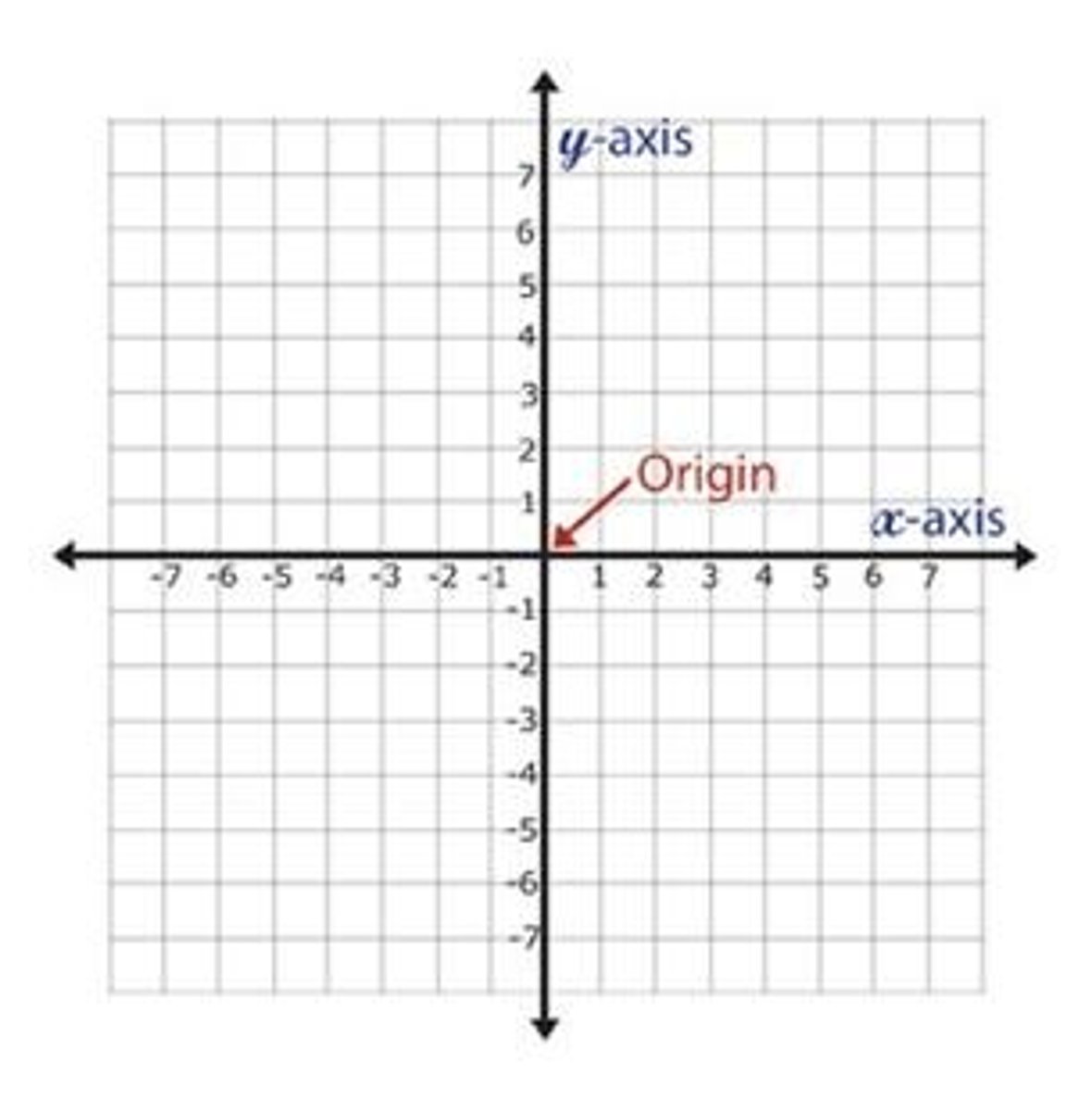
outlier
A number in a set of data that is much larger or smaller than most of the other numbers in the set.
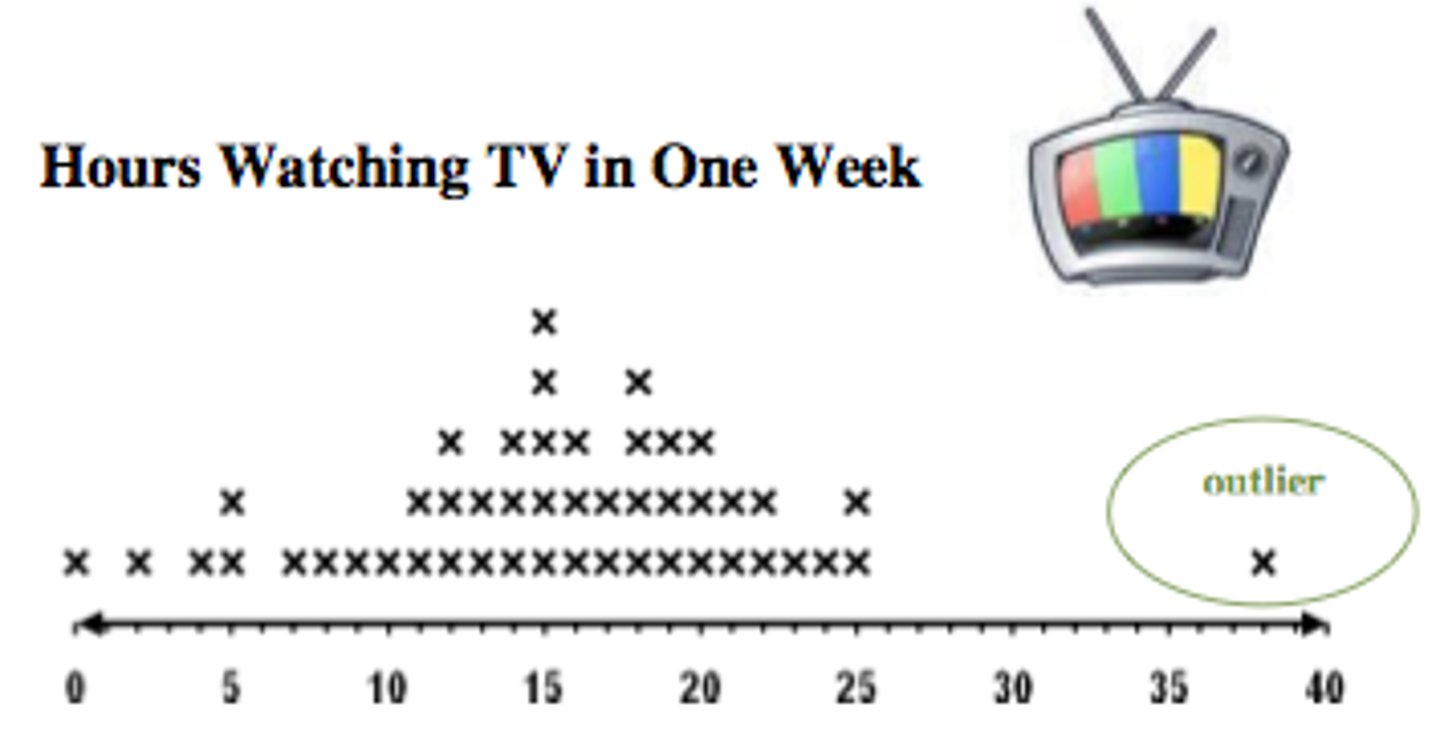
percent
A special ratio that compares a number to 100 using the symbol %.

polygon
A closed figure formed from line segments that meet only at their endpoints.
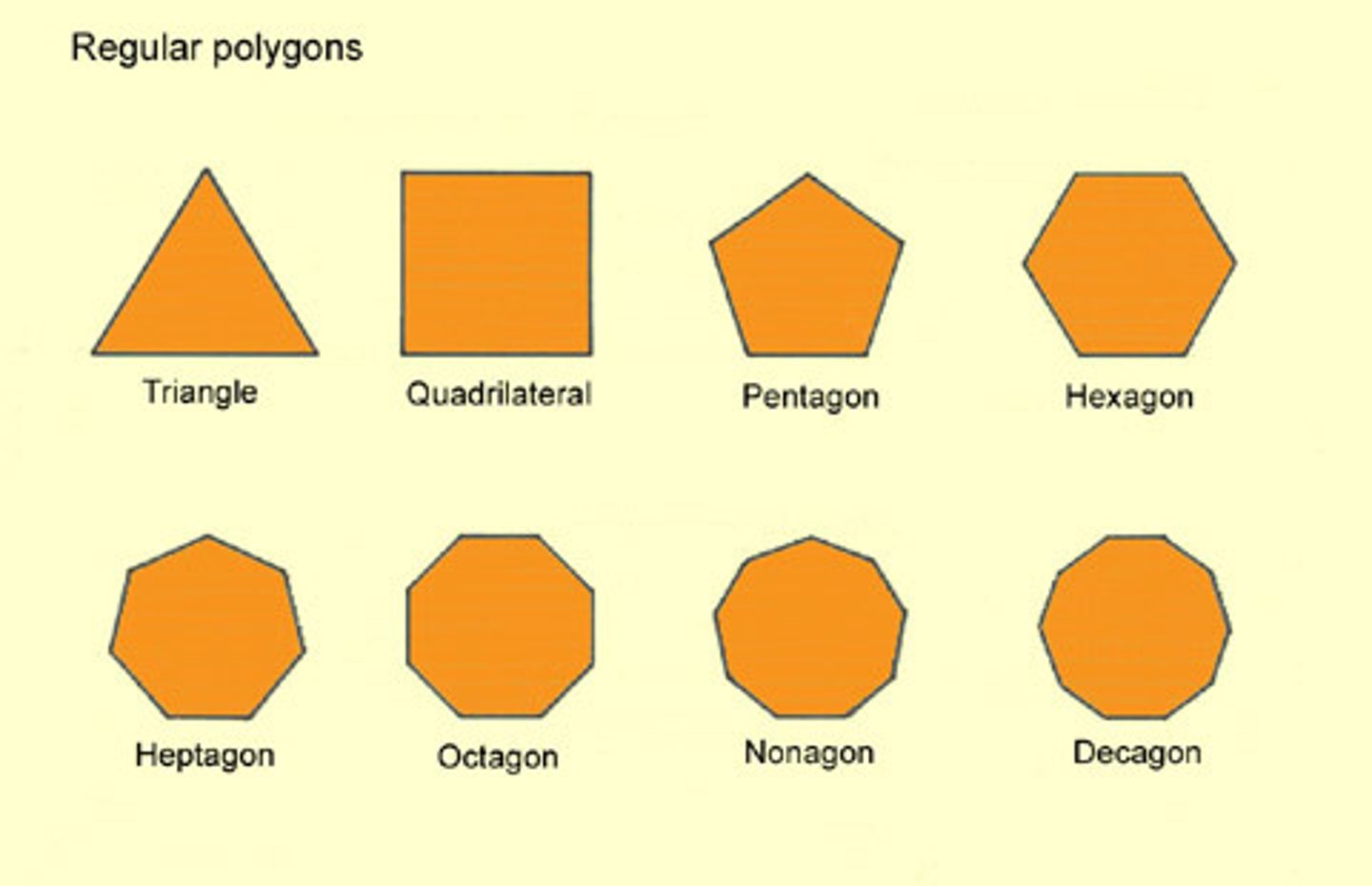
prism
A 3-dimensional figure that has two congruent and parallel faces that are polygons. The remaining faces are parallelograms.
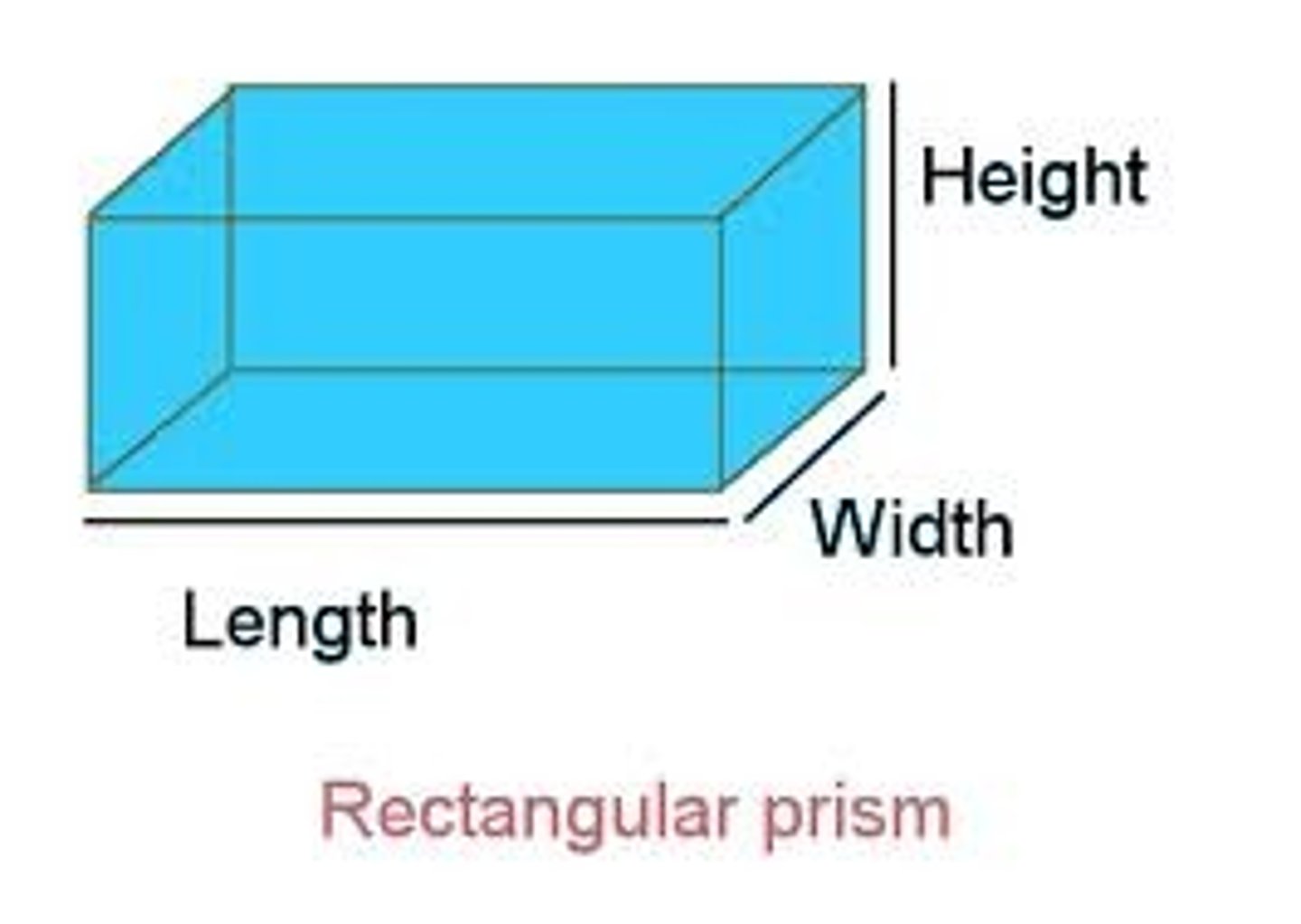
proportion
An equation showing that two ratios are equivalent.

pyramid
A polyhedron whose base is a polygon and whose other faces are triangles that share a common vertex.
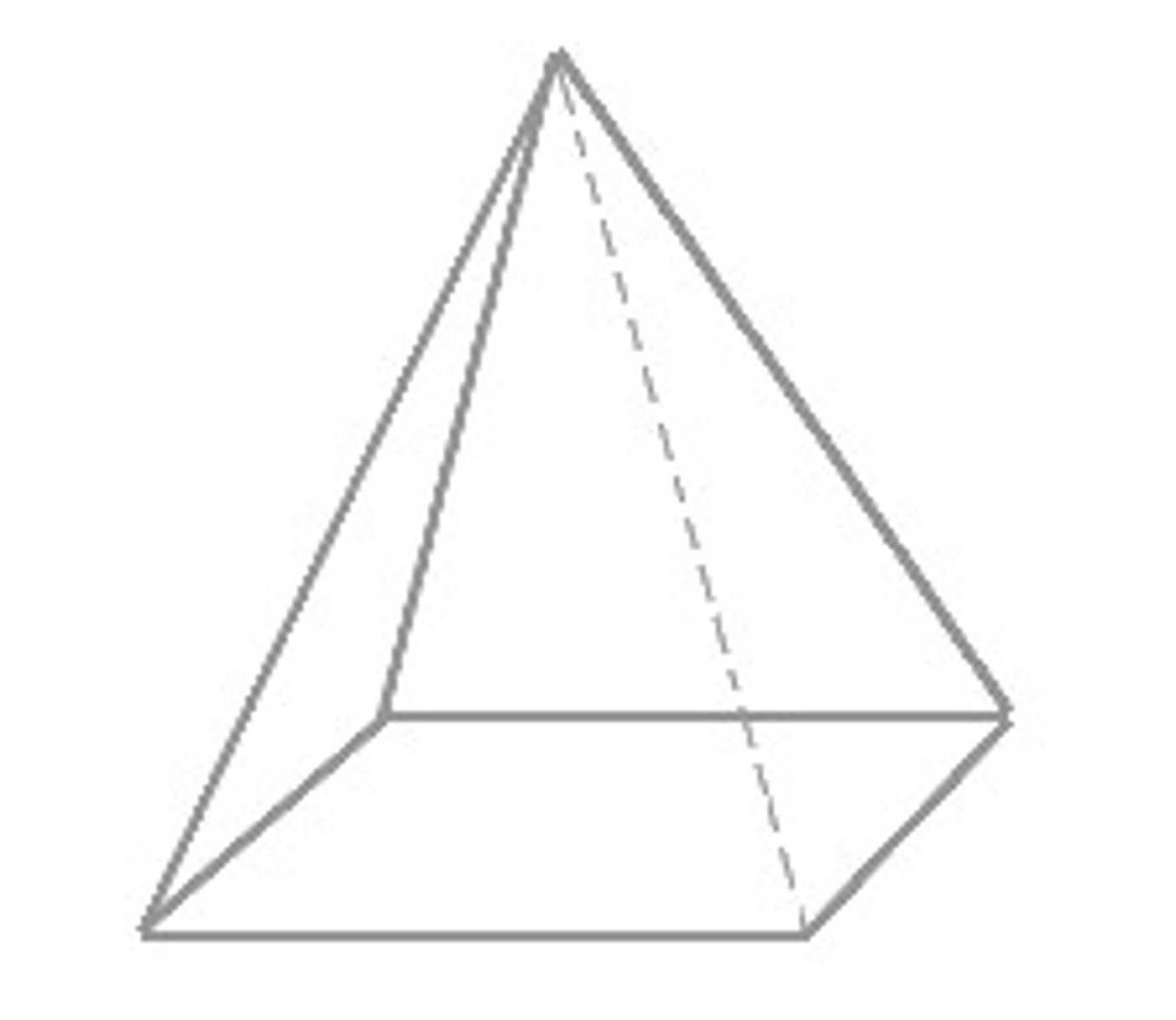
quadrants
The four sections of a coordinate grid that are separated by the axes.
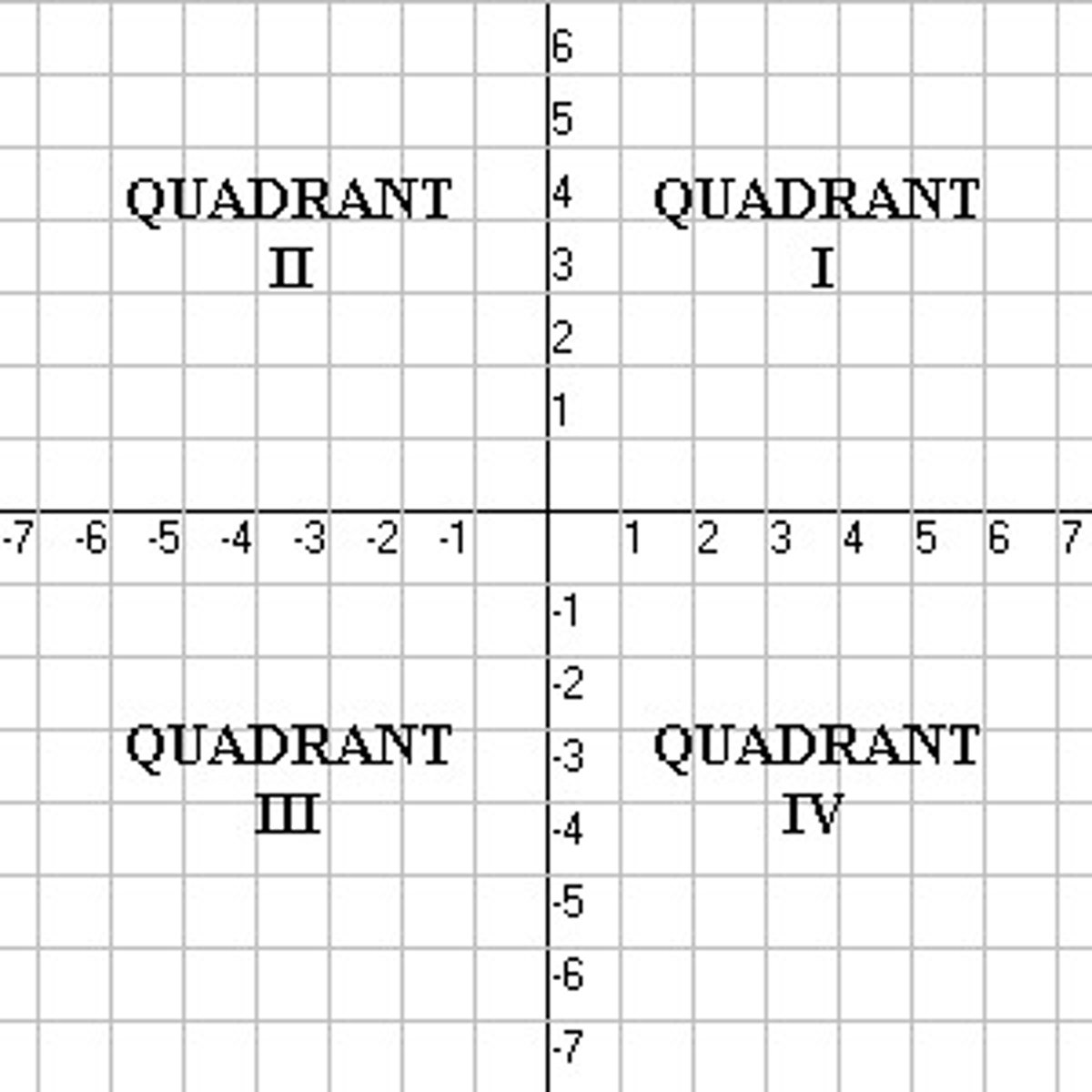
quadrilateral
A four-sided polygon.
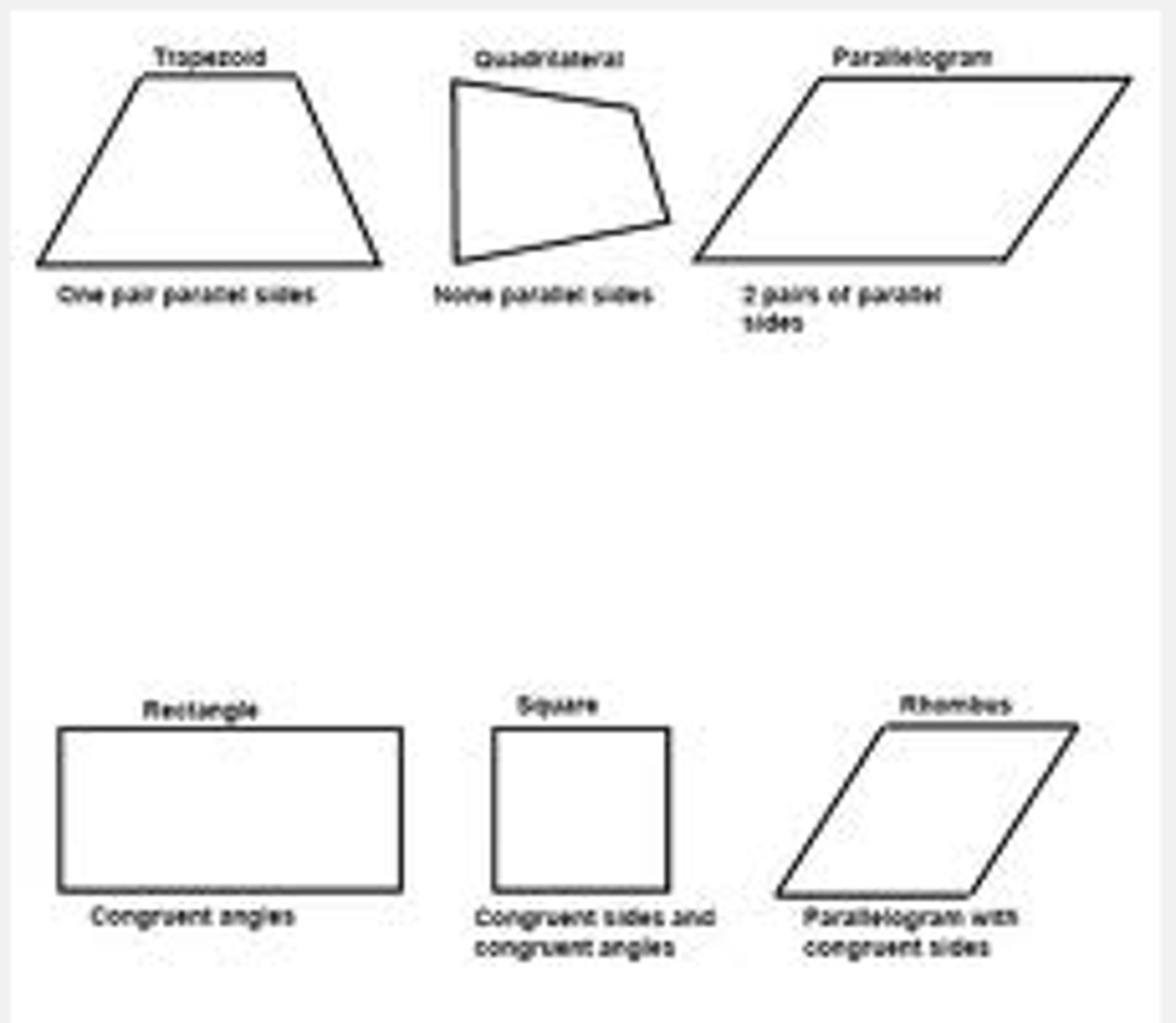
quotient
The result of the division of one quantity by another.
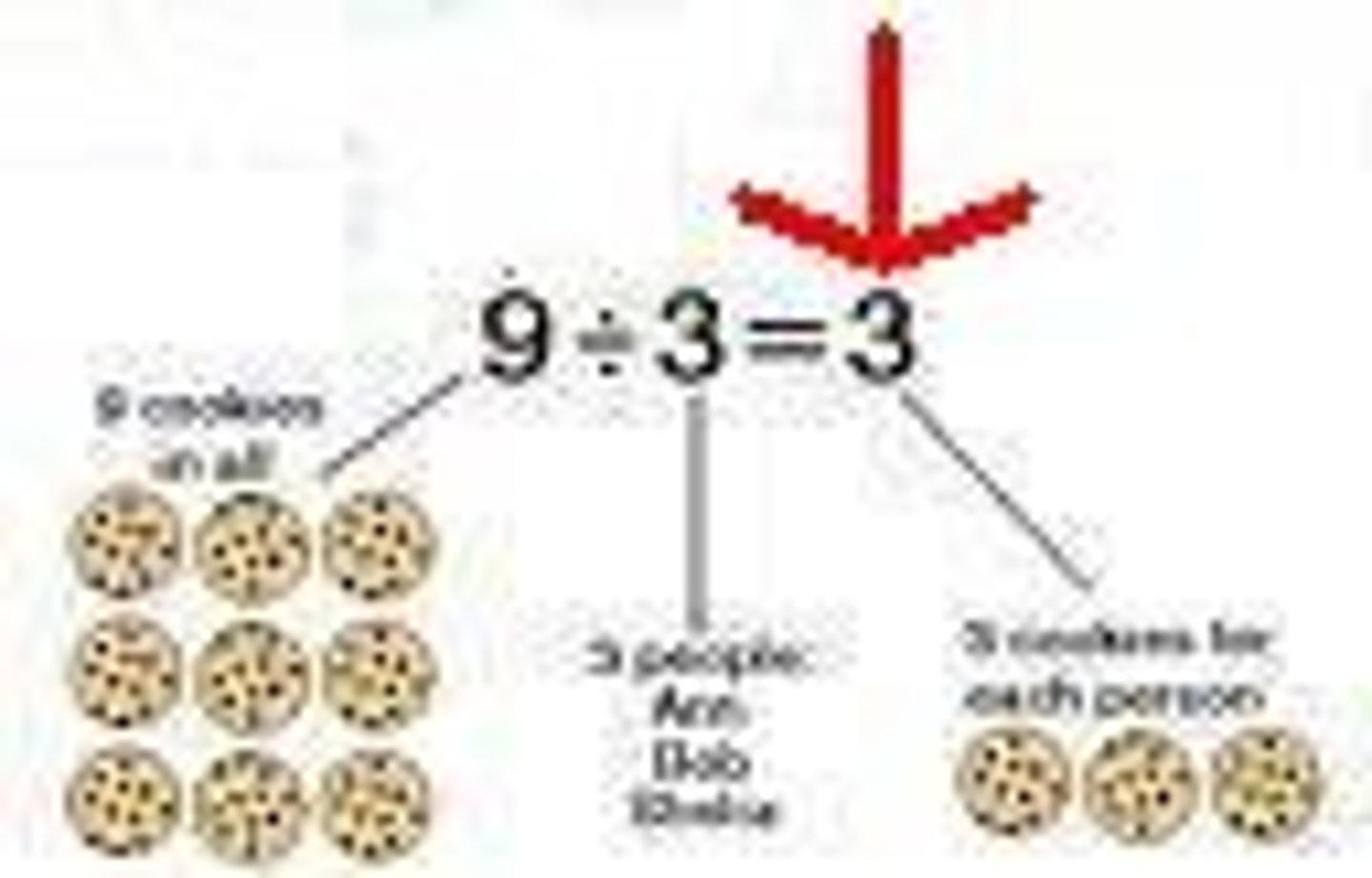
range
The difference between the greatest number and the least number in a set of numbers.

rate
A ratio comparing two different units.
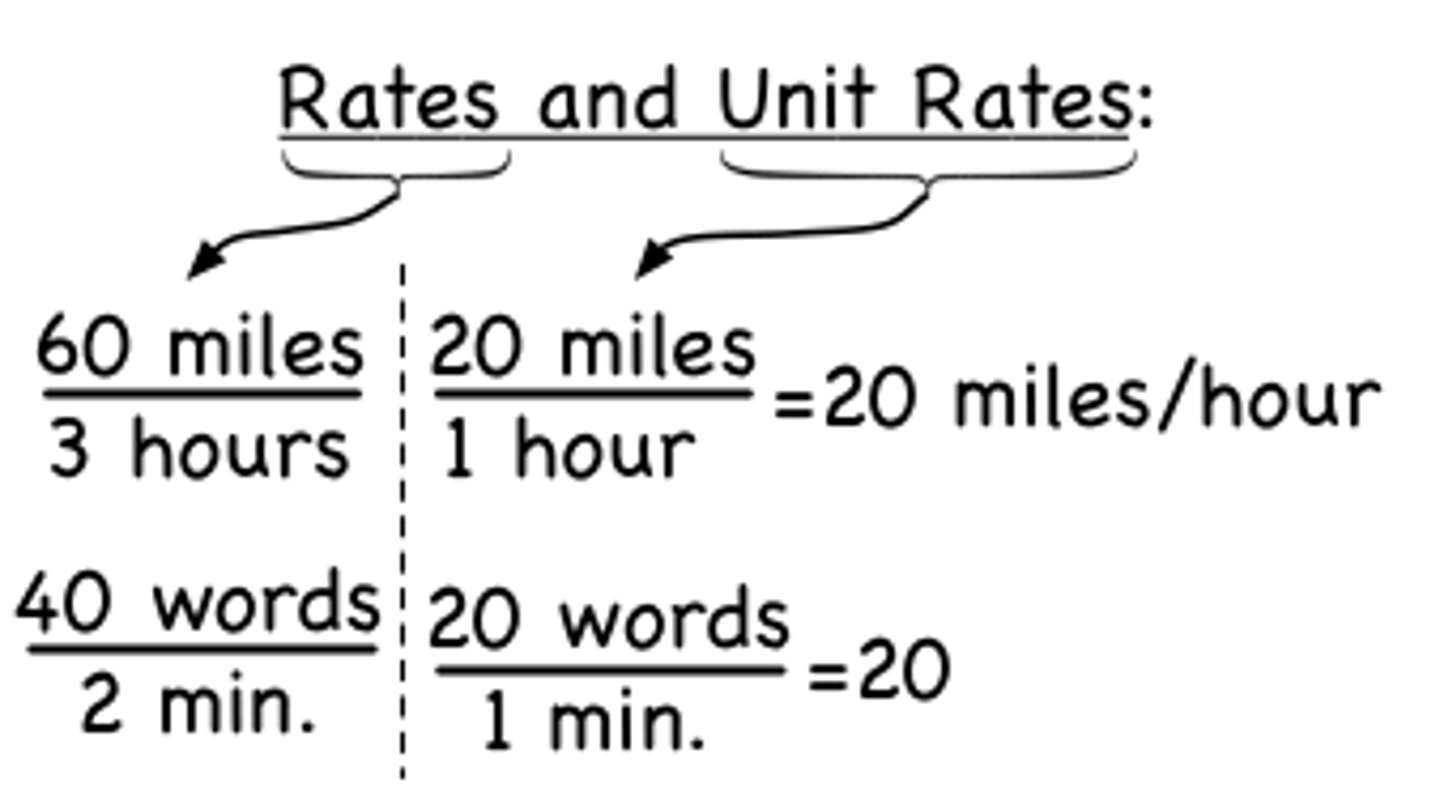
ratio
A comparison of two numbers using division.
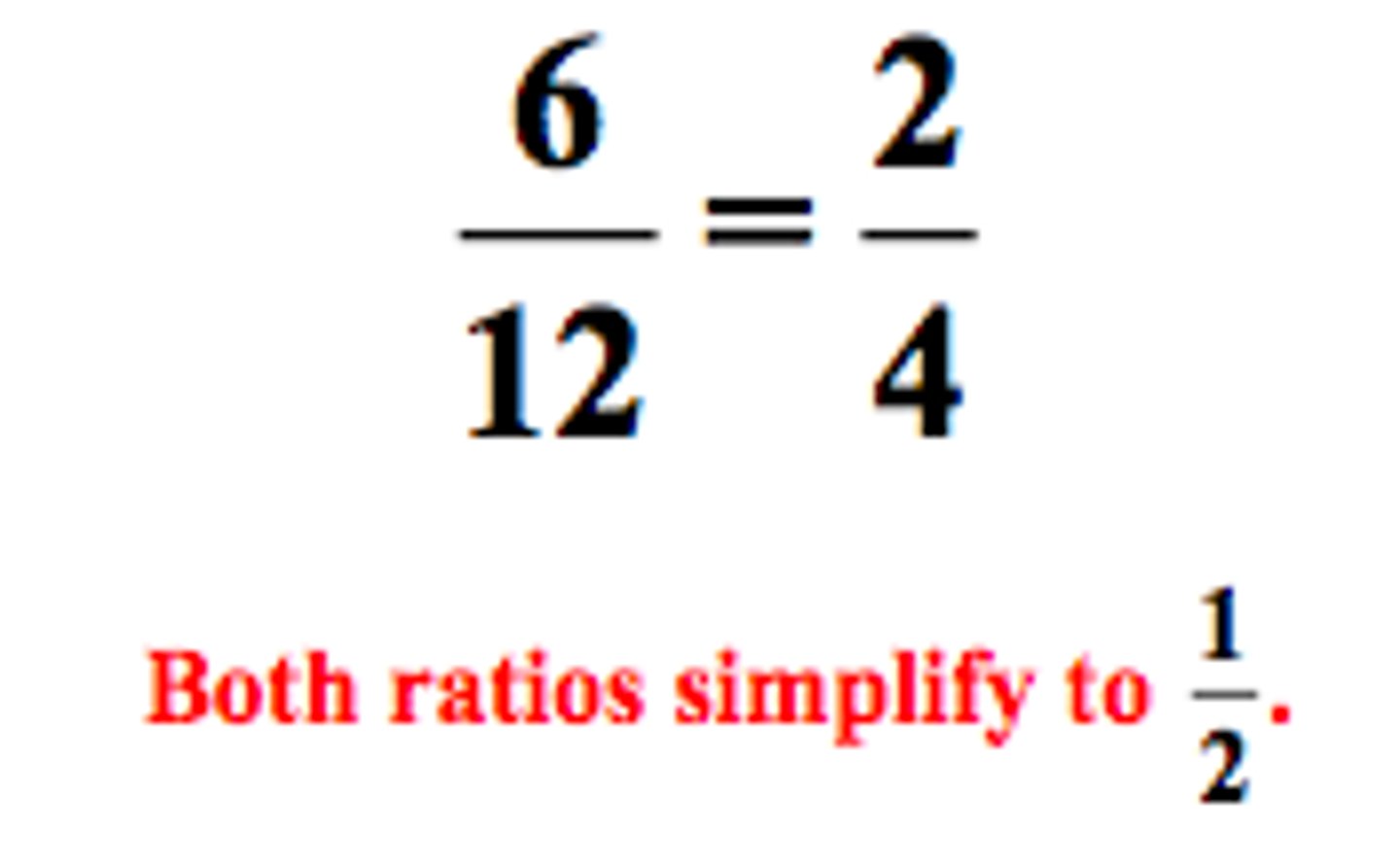
rectangle
A quadrilateral with two pairs of congruent, parallel sides and four right angles.
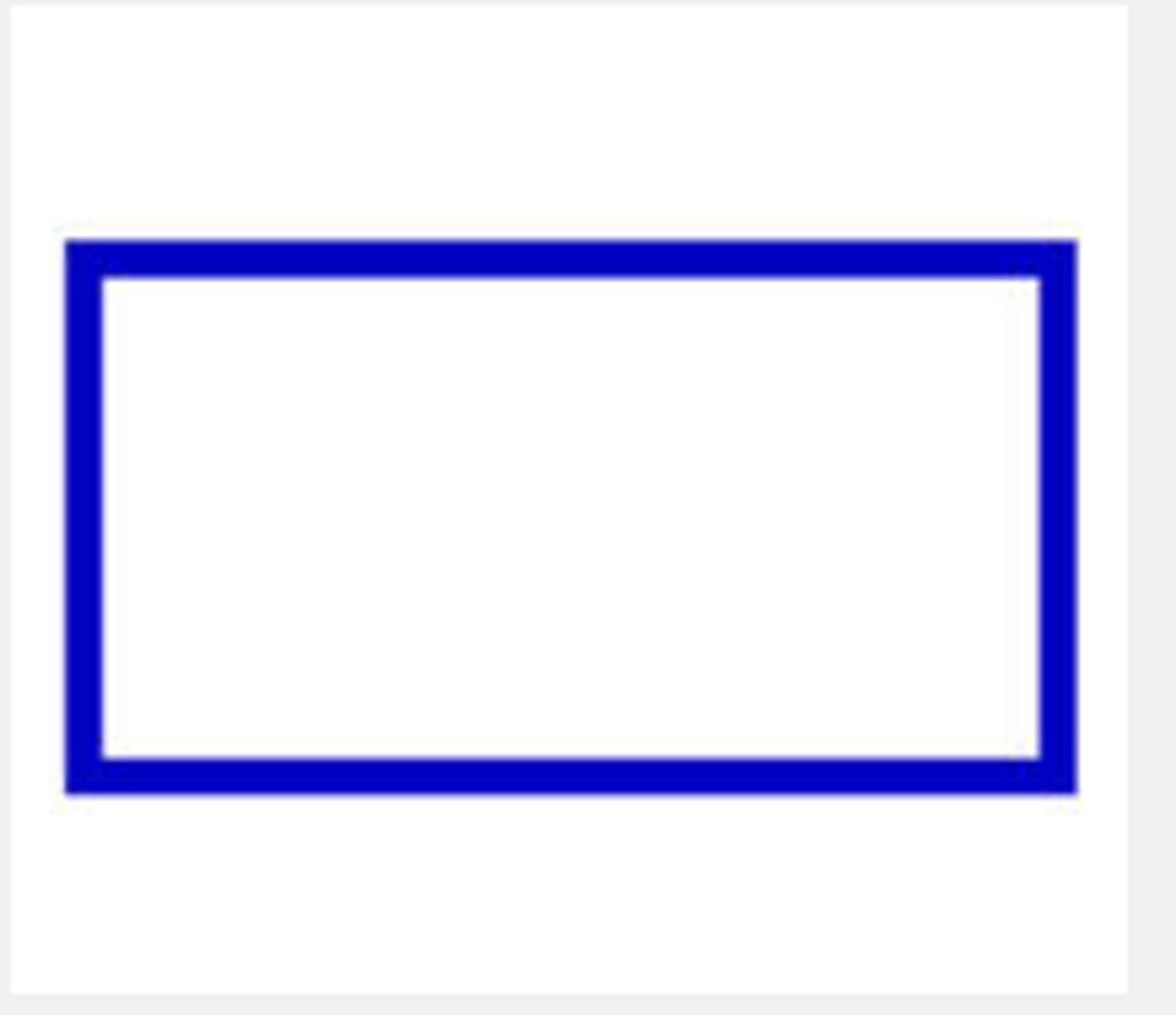
rectangular pyramid
A polyhedron whose base is a rectangle and whose other faces are triangles that share a common vertex.
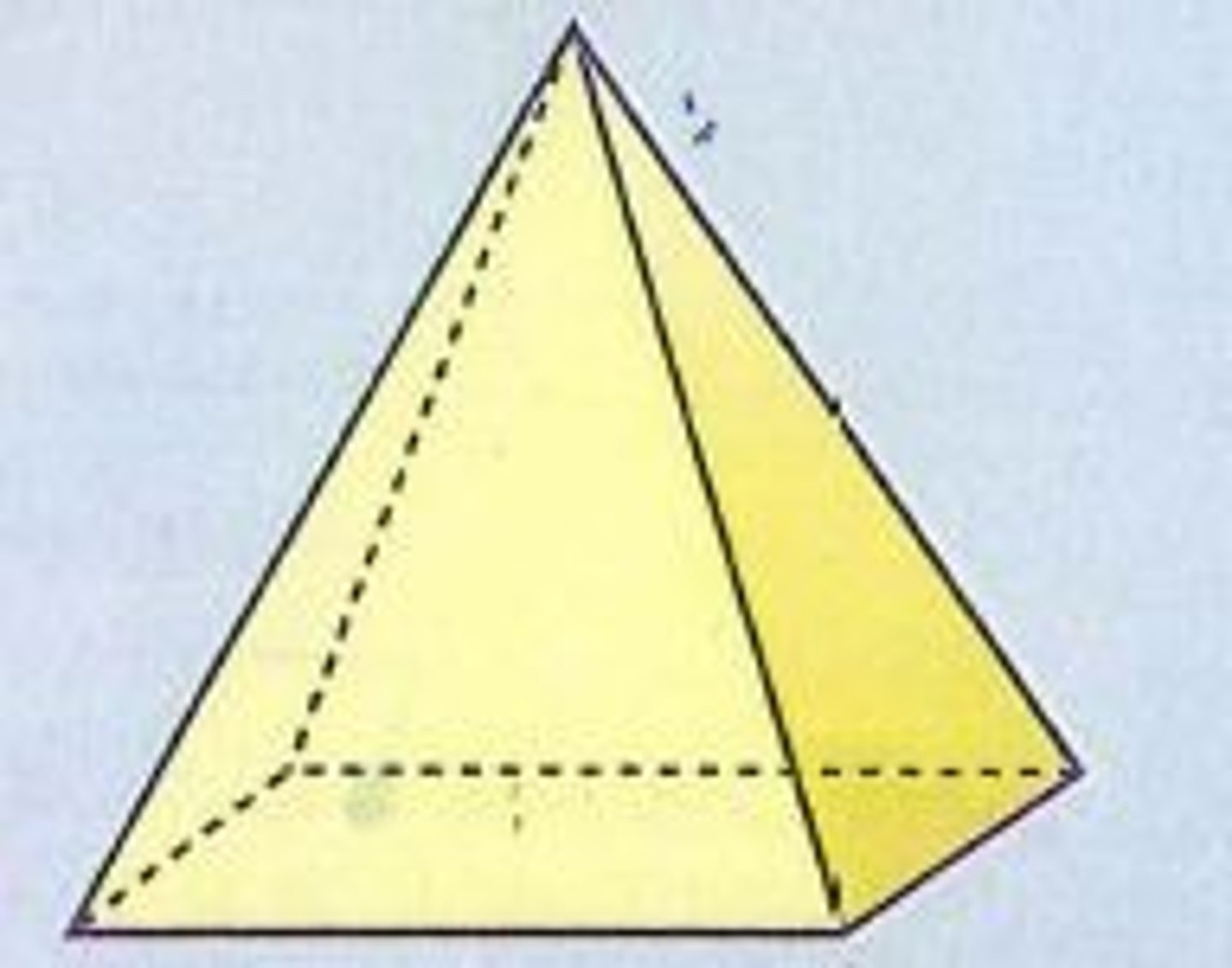
rectangular prism
A prism with six rectangular faces.
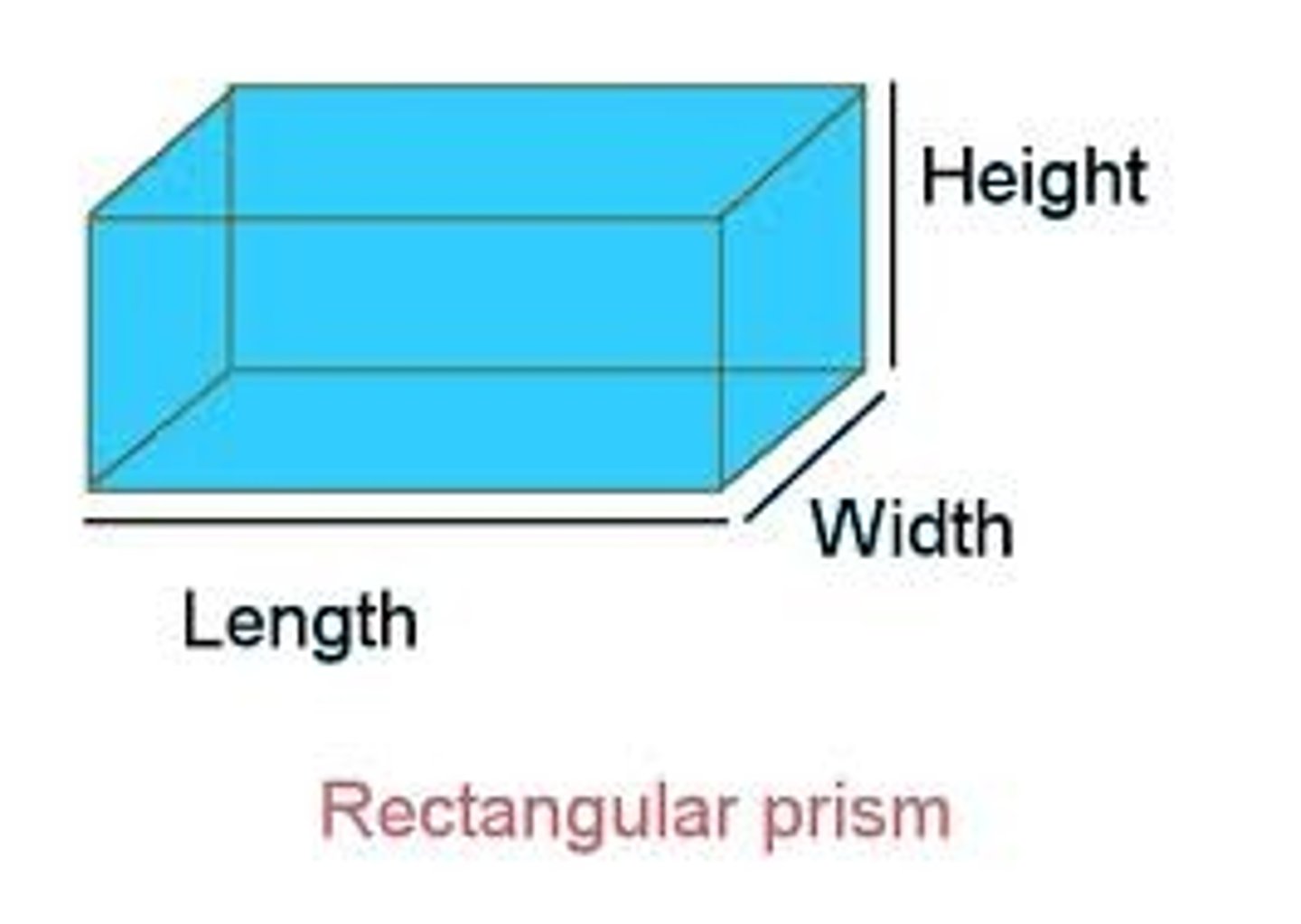
right triangle
A triangle that has one 90o angle.
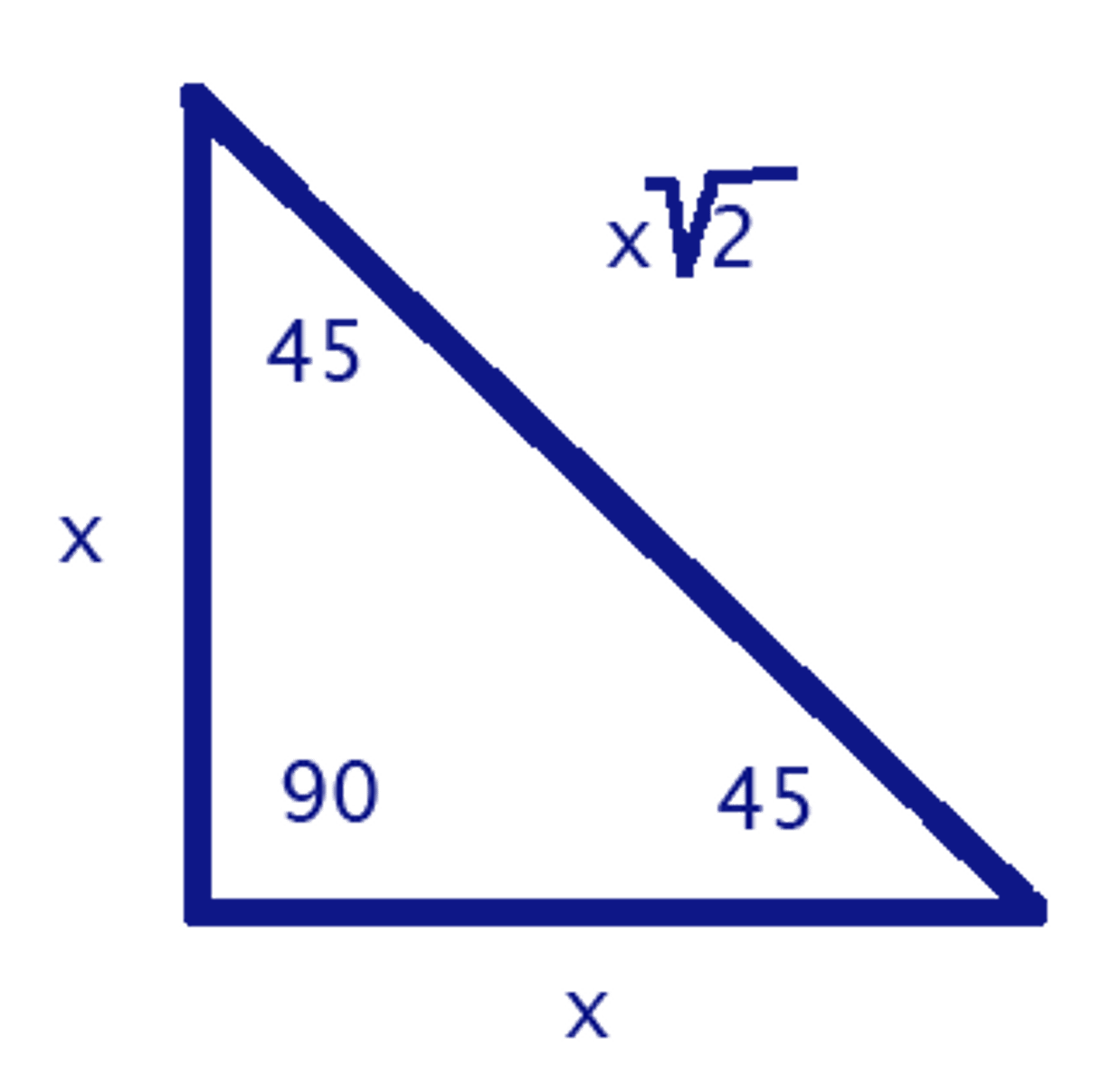
scalene triangle
A triangle that has no congruent sides.
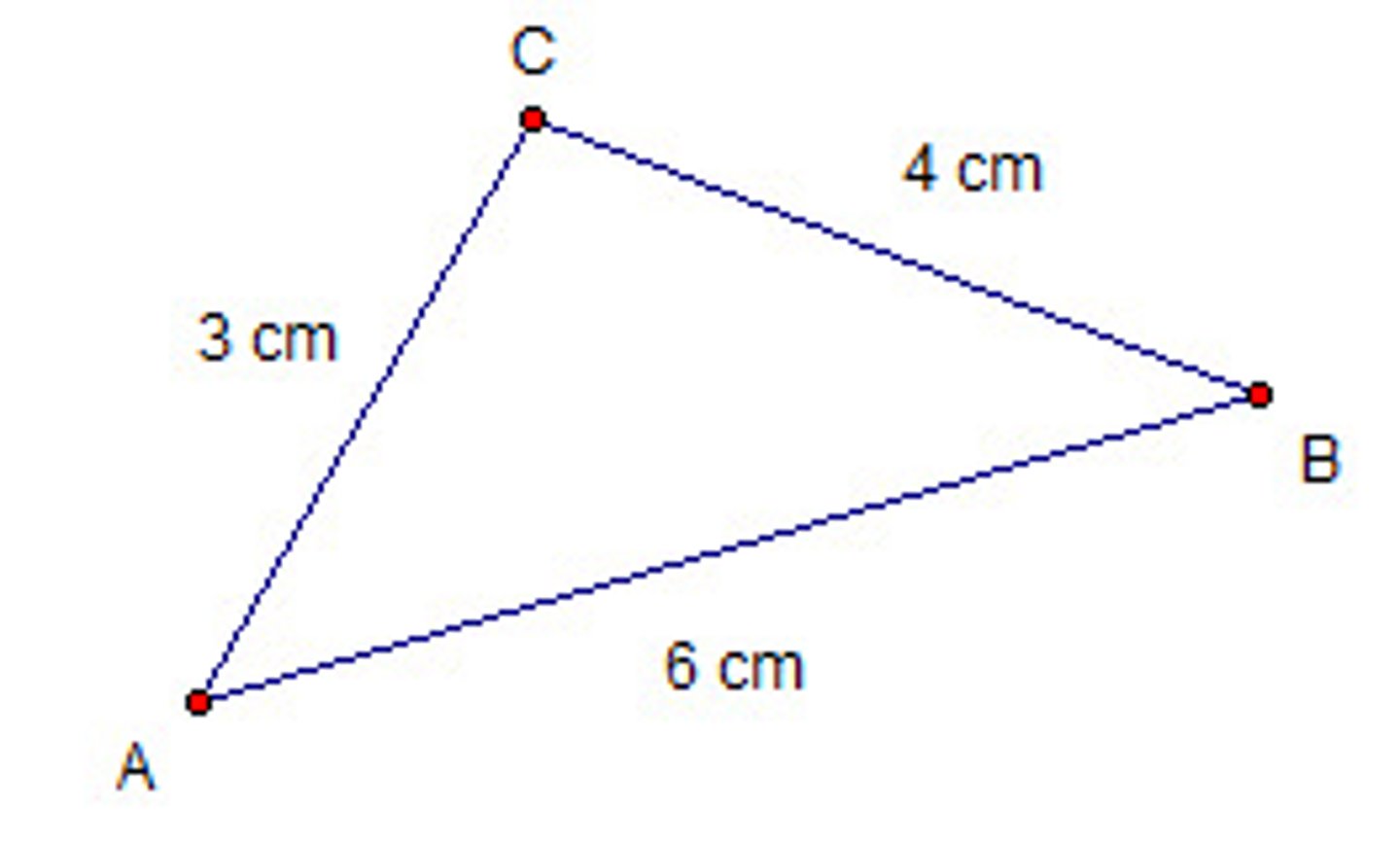
square-based pyramid
A polyhedron whose base is a square and whose other faces are triangles that share a common vertex.
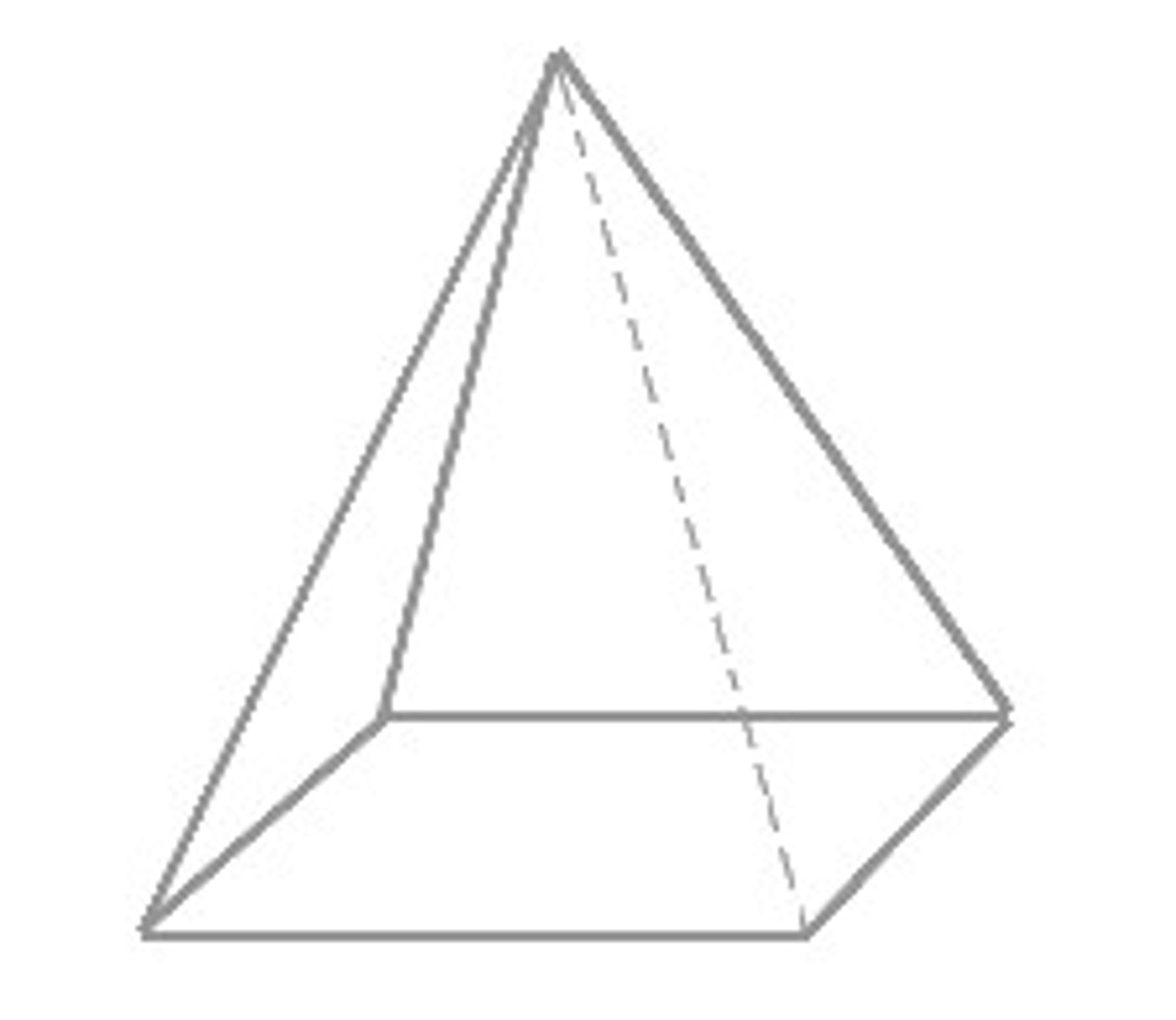
statistics
The science of collecting, organizing, representing, and interpreting data.
surface area
The total area of the faces (including the bases) and curved surfaces of a solid figure.

table
An organized way to list data. Tables usually have rows and columns of data.
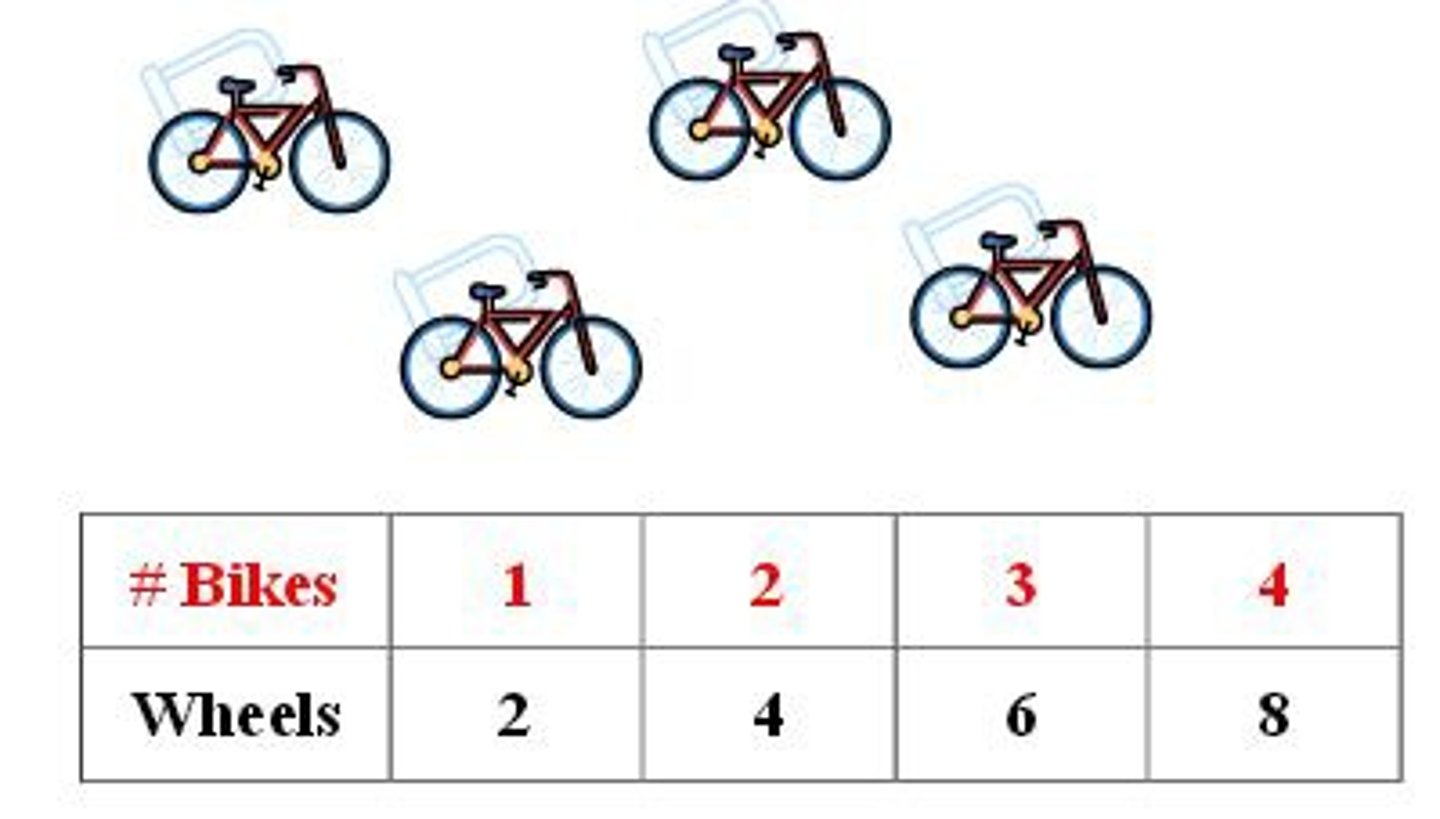
term
A number, variable, product, or quotient in an expression. A term is not a sum or difference.
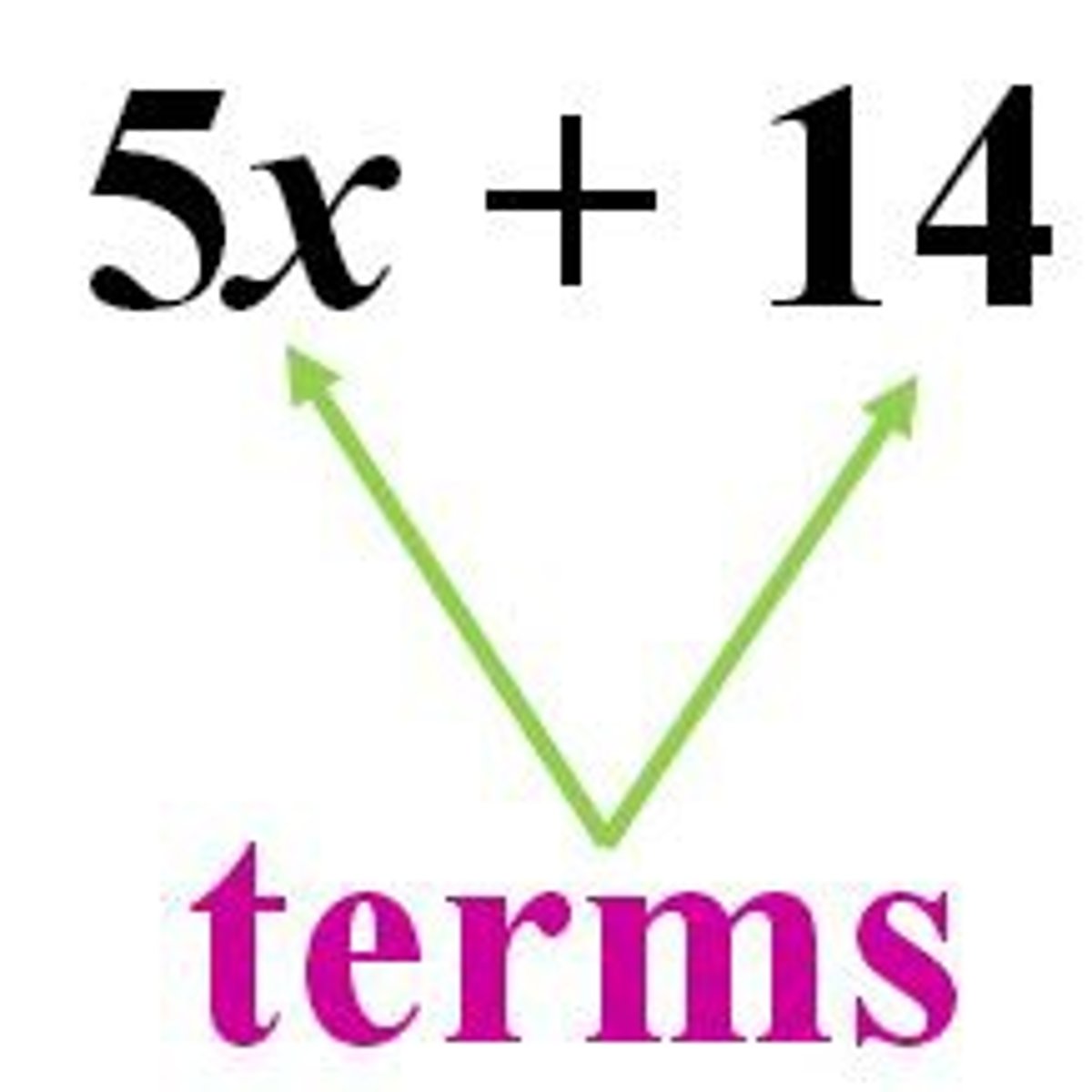
third quartile
The third quartile is the middle (the median) of the upper half of the data on a box plot. One-fourth of the data lies above the third quartile and three- fourths lies below. Also known as Q3.
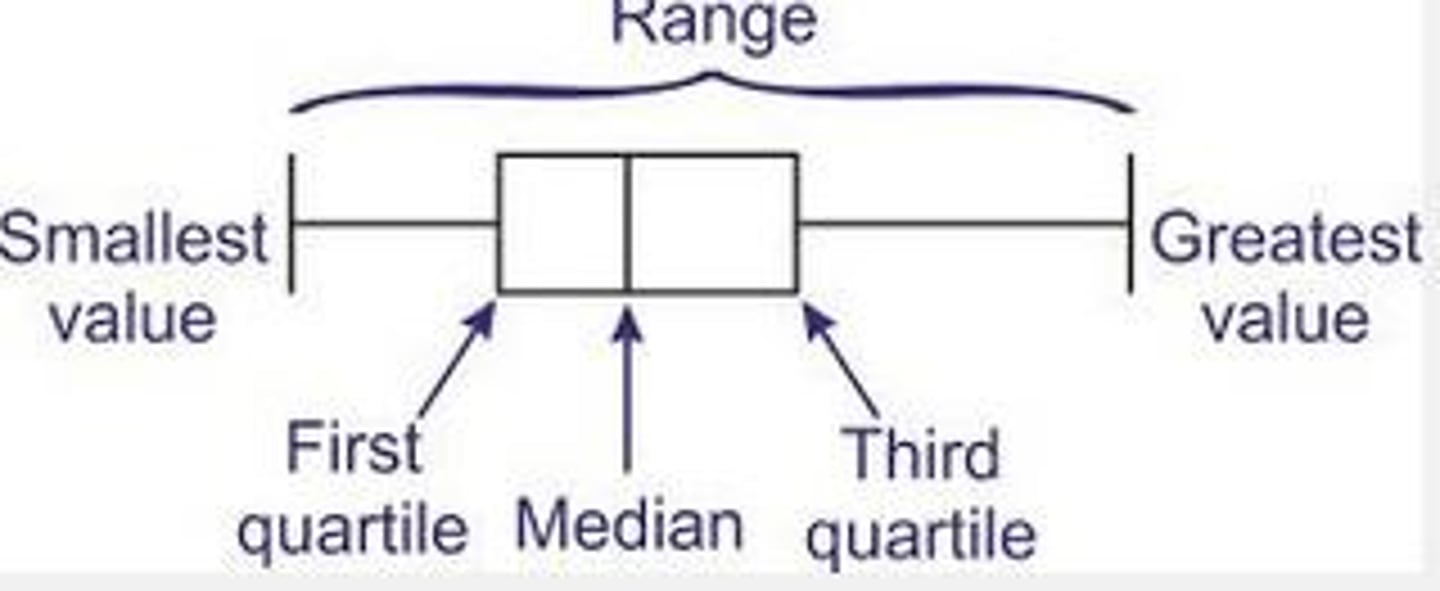
three- dimensional
3-D. Existing in 3 dimensions; having length, width, and height.
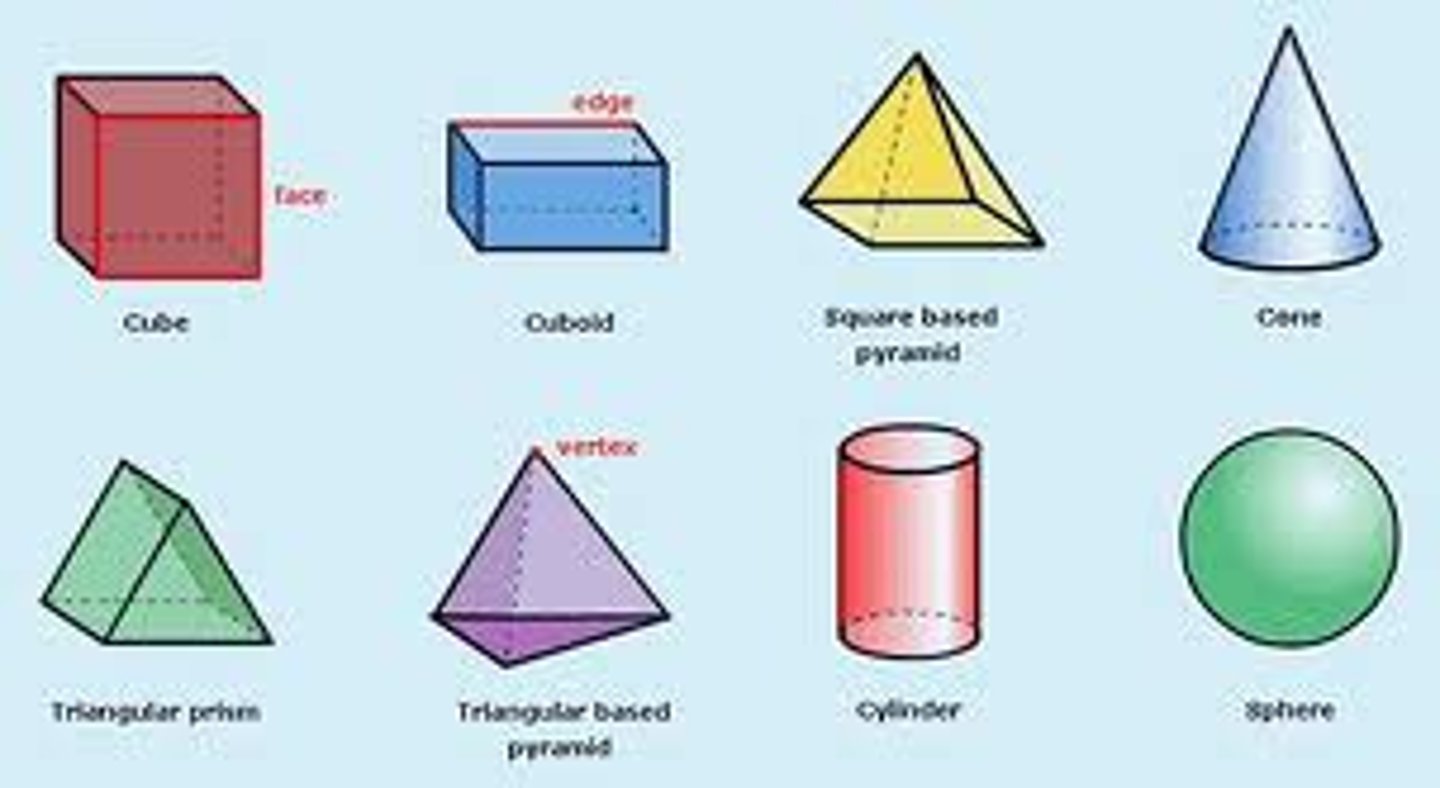
triangular prism
A prism with three rectangular faces and two triangular bases where the lateral edge is perpendicular to the plane of the base.
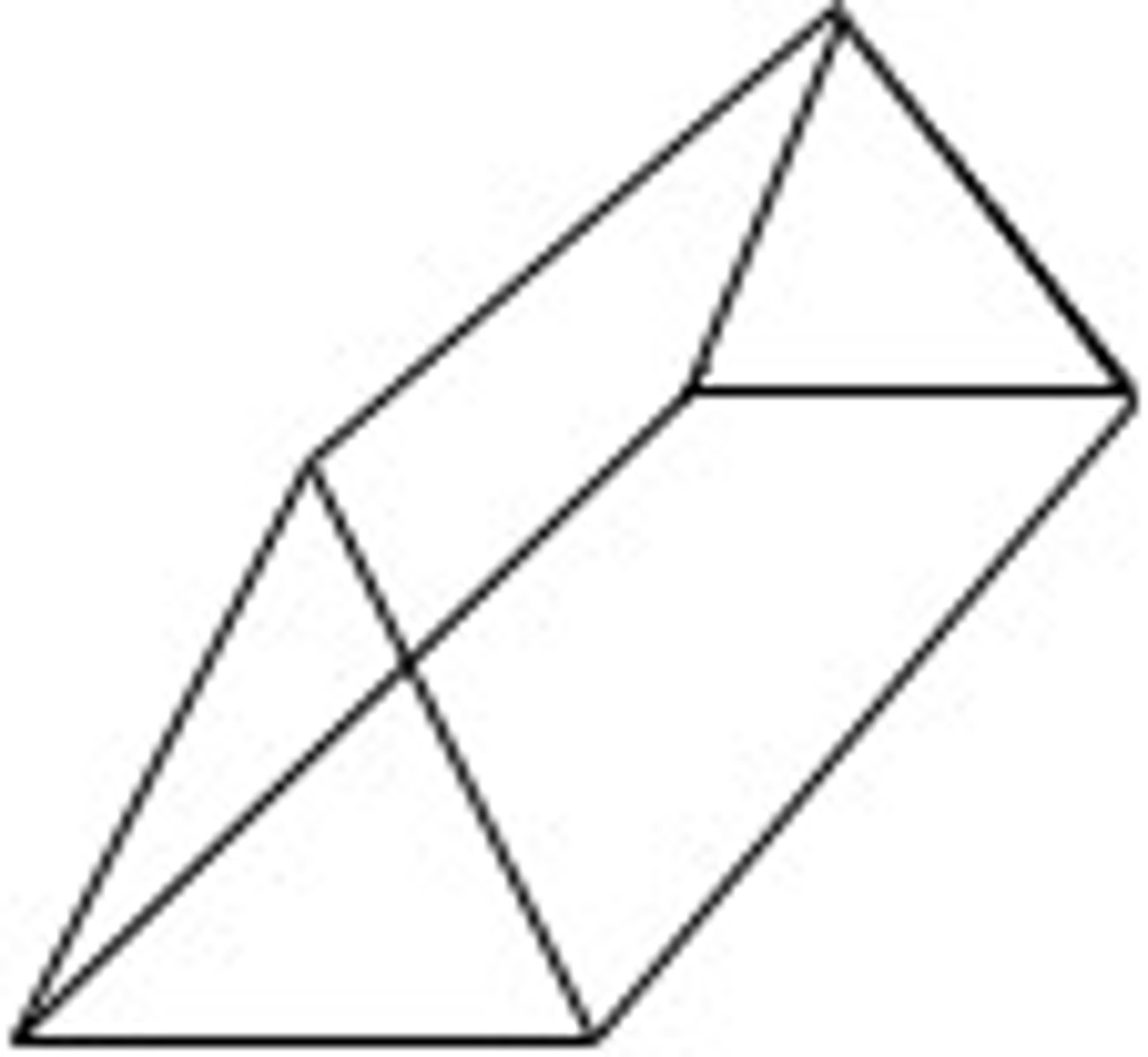
triangular pyramid
A pyramid with a triangular base.
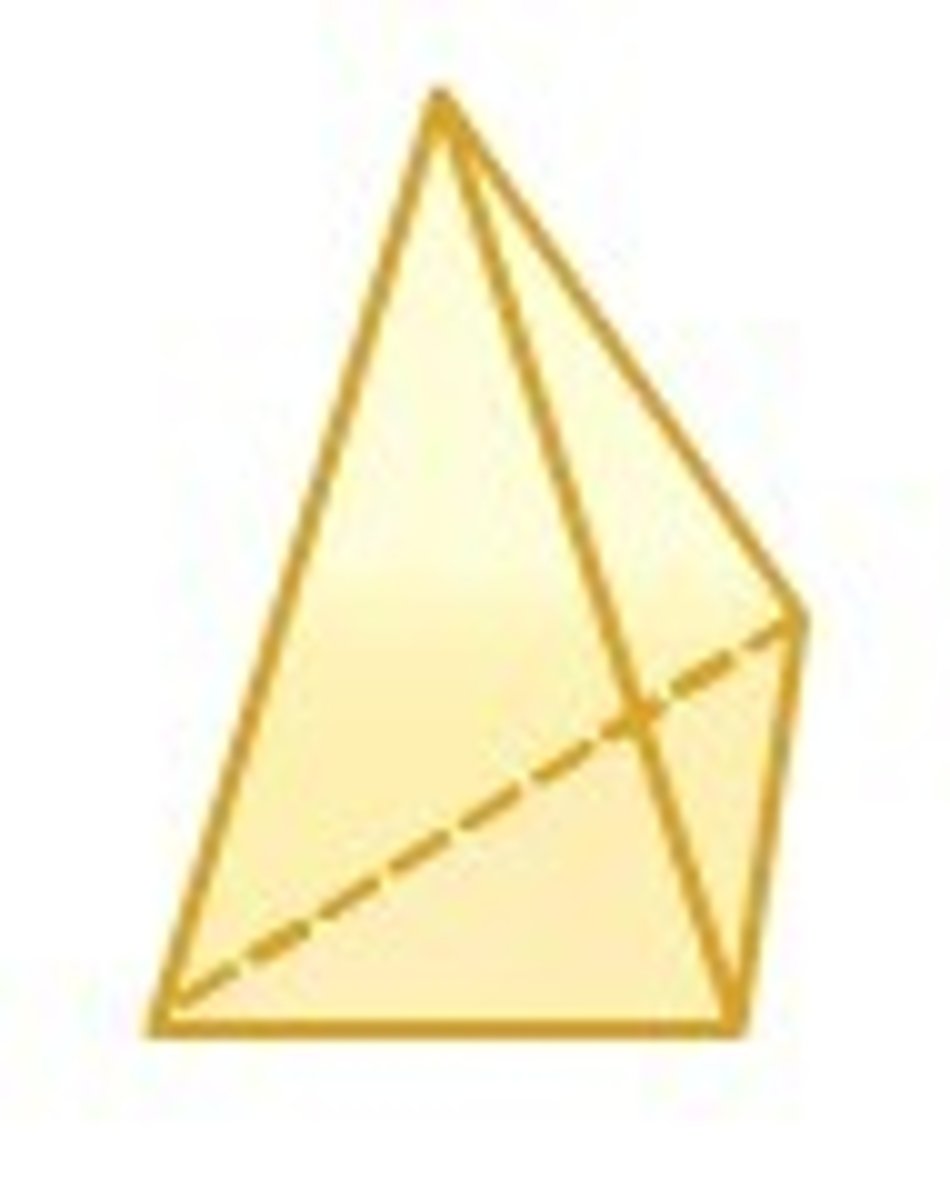
unit cube
A precisely fixed quantity used to measure volume.

upper extreme
The greatest or largest number out of a data set, usually farther away from interquartile range than other data in set. (Also known as maximum.)

vertex
The point at which two line segments, lines, or rays meet to form an angle.

volume
The number of cubic units it takes to fill a figure.
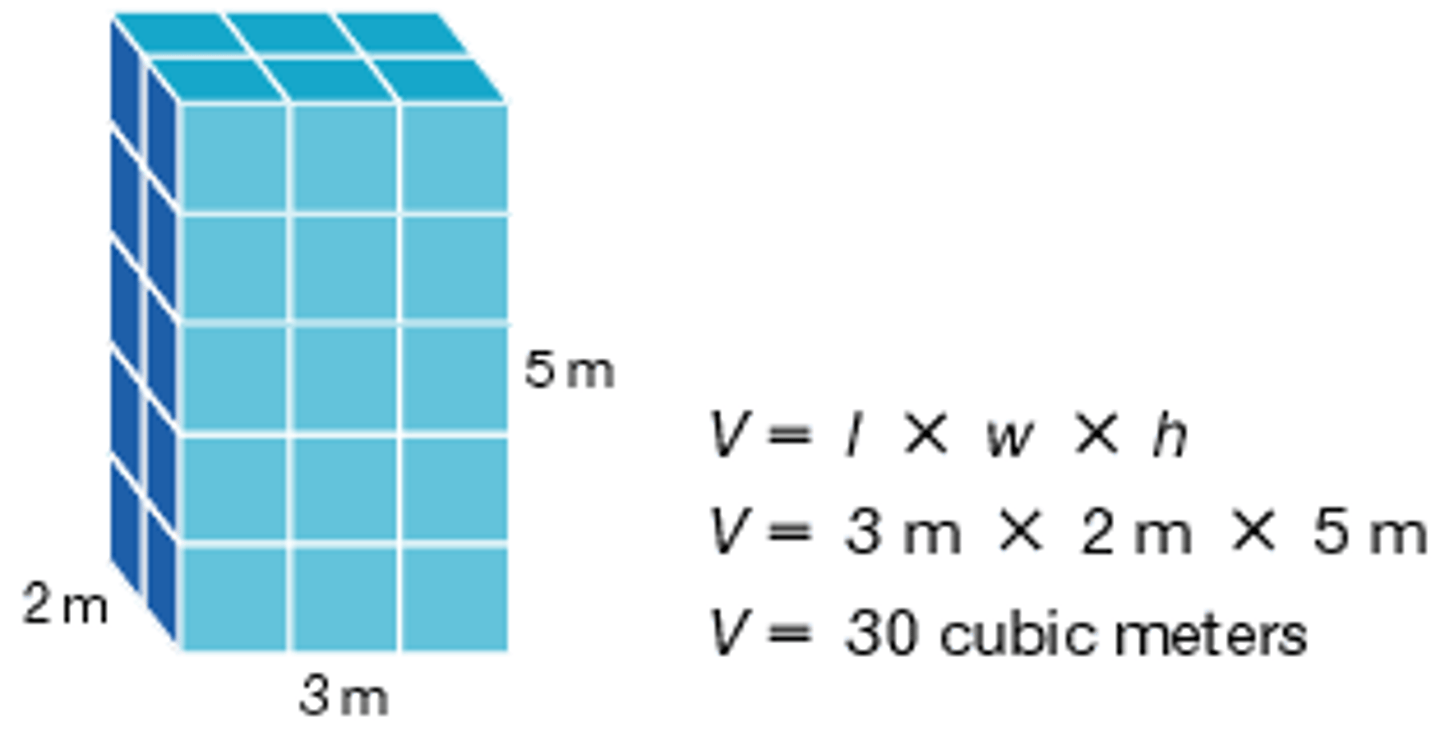
whole numbers
Any of the numbers 0, 1, 2, 3, 4, 5, and so on.

x-axis
In a Cartesian grid, the horizontal axis.
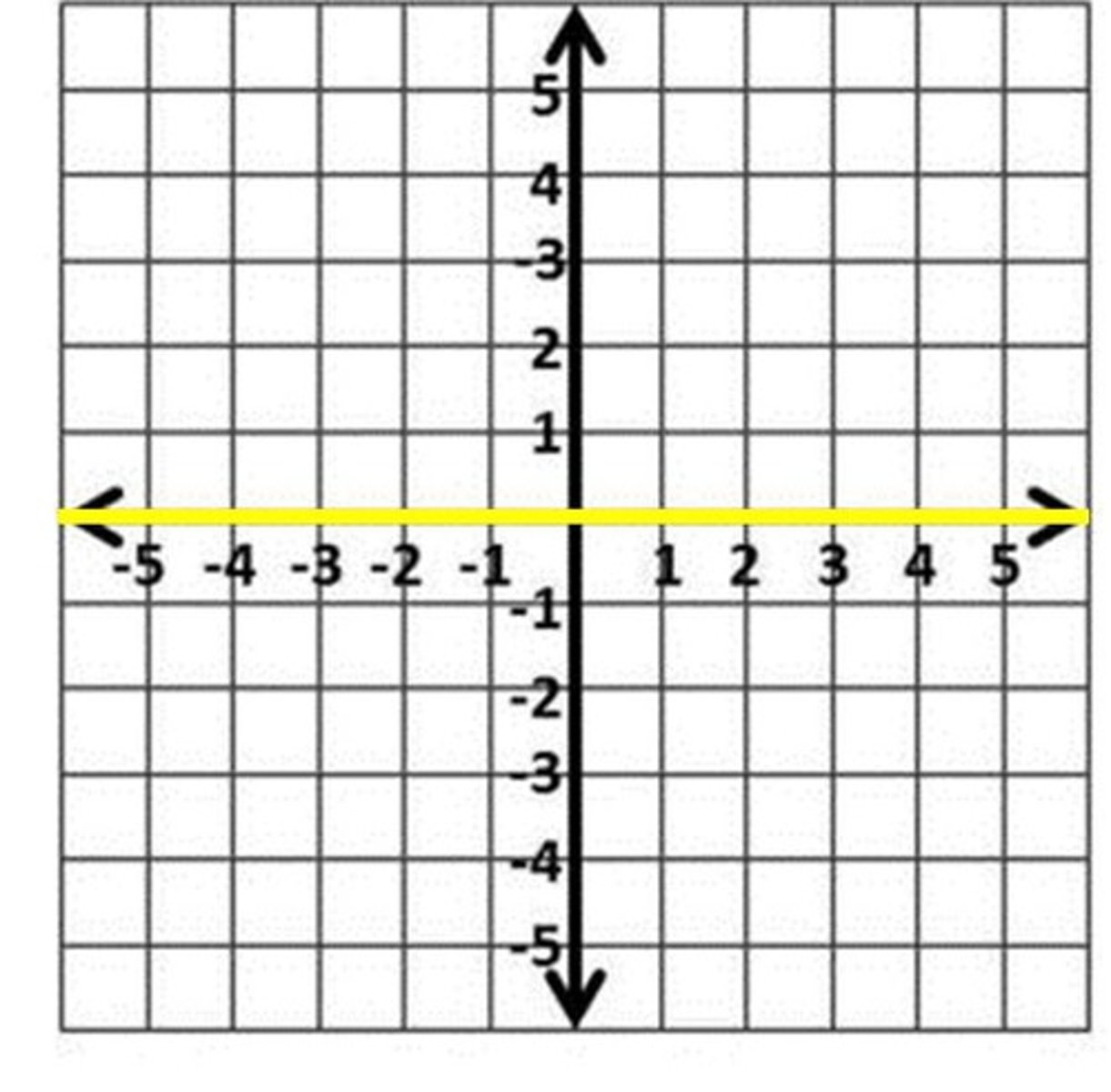
y-axis
In a Cartesian grid, the vertical axis.
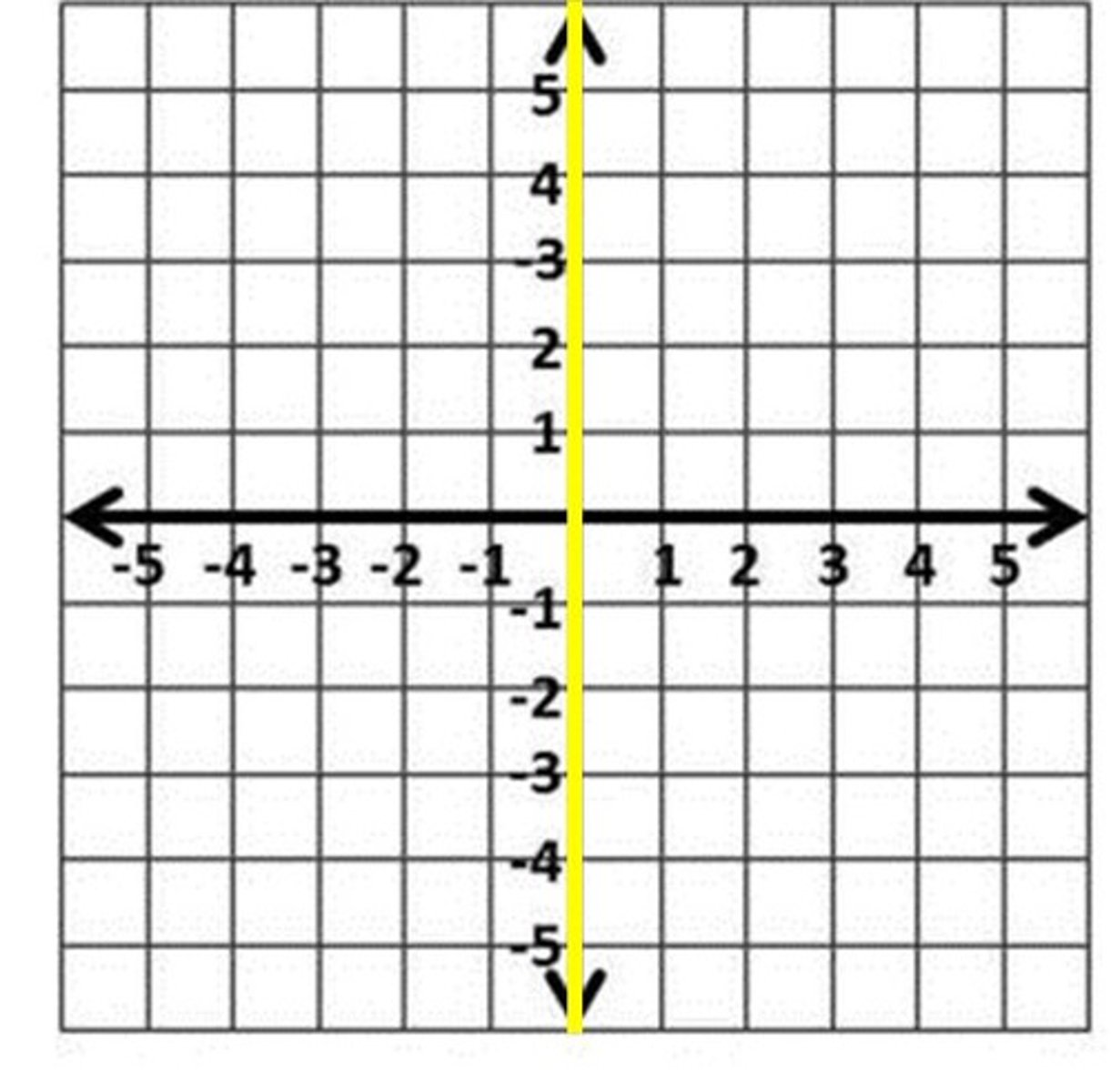
unit rate
A rate in which the second quantity in the comparison is one unit
mean
average
median
the middle score in a distribution; half the scores are above it and half are below it
mode
most frequently occurring score
LCM (Least Common Multiple)
the smallest number that is a multiple of 2 or more numbers
GCF (Greatest Common Factor)
the greatest number that is a factor of two or more numbers
absolute value
The distance a number is from zero on a number line
numerator
the top number in a fraction
denominator
The bottom number in a fraction
multiply fractions
multiply the numerators and multiply the denominators
add and subtract fractions
Find common denominator first
divide fractions
multiply by the reciprocal
improper fraction to mixed number
Divide numerator by denominator, the quotient becomes the whole #,the remainder becomes the numerator. Denominator stays the same.
mixed number to improper fraction
Multiply the denominator by the whole number, add to the numerator. Keep the denominator the same.
constant
A value that does not change
coeficient
a number that is multiplied by a variable
inverse operations
operations that undo each other